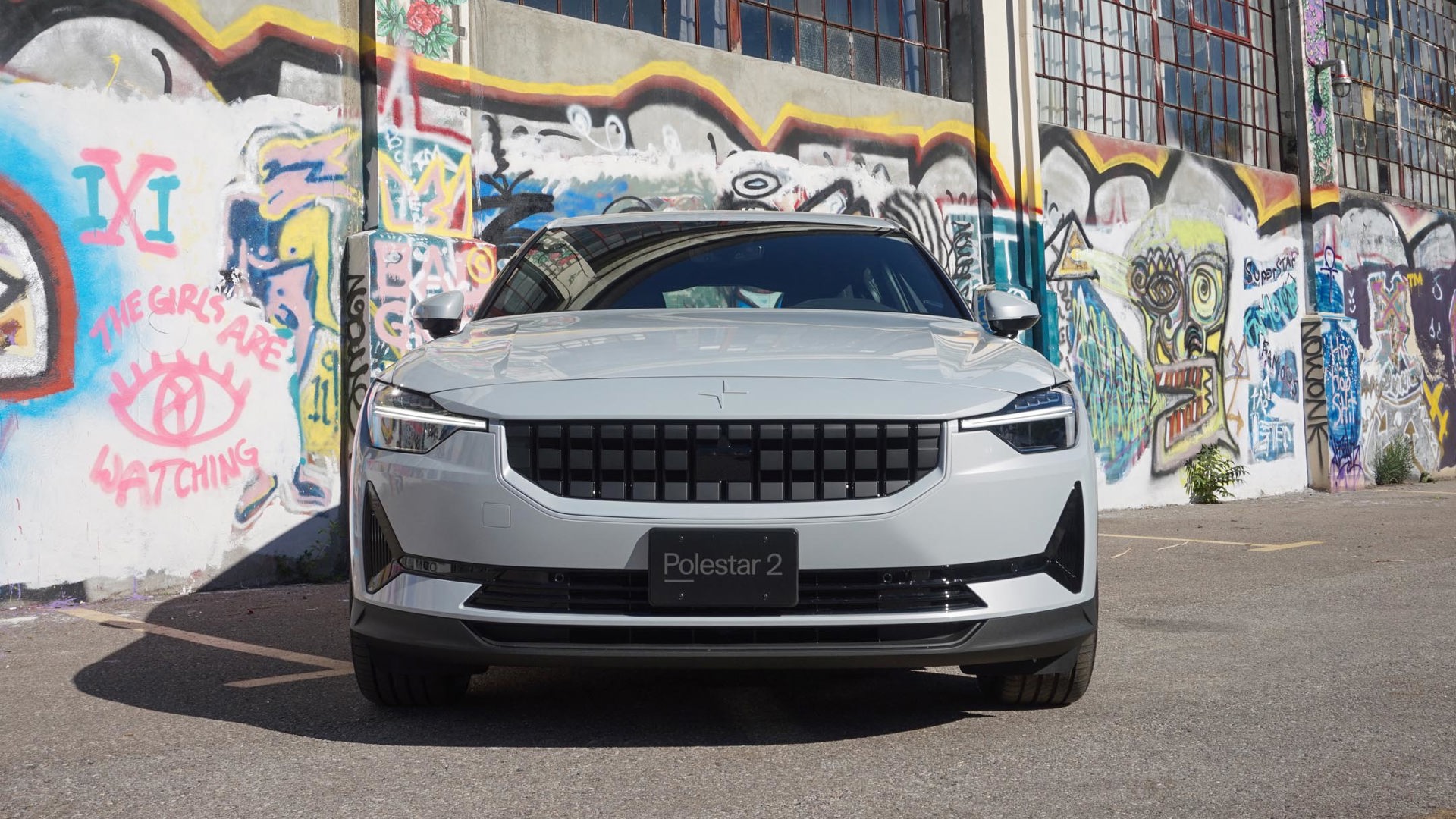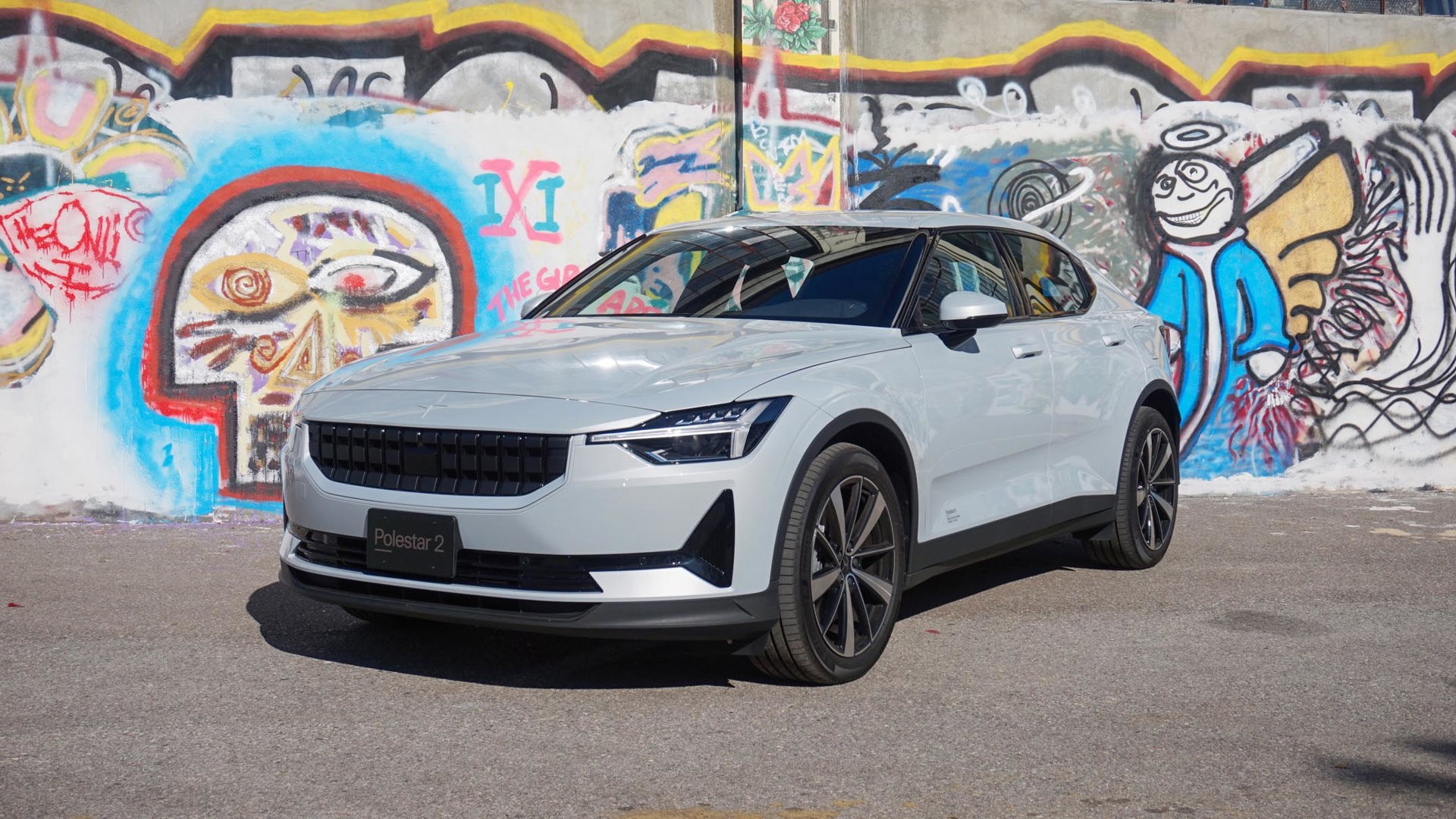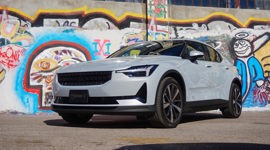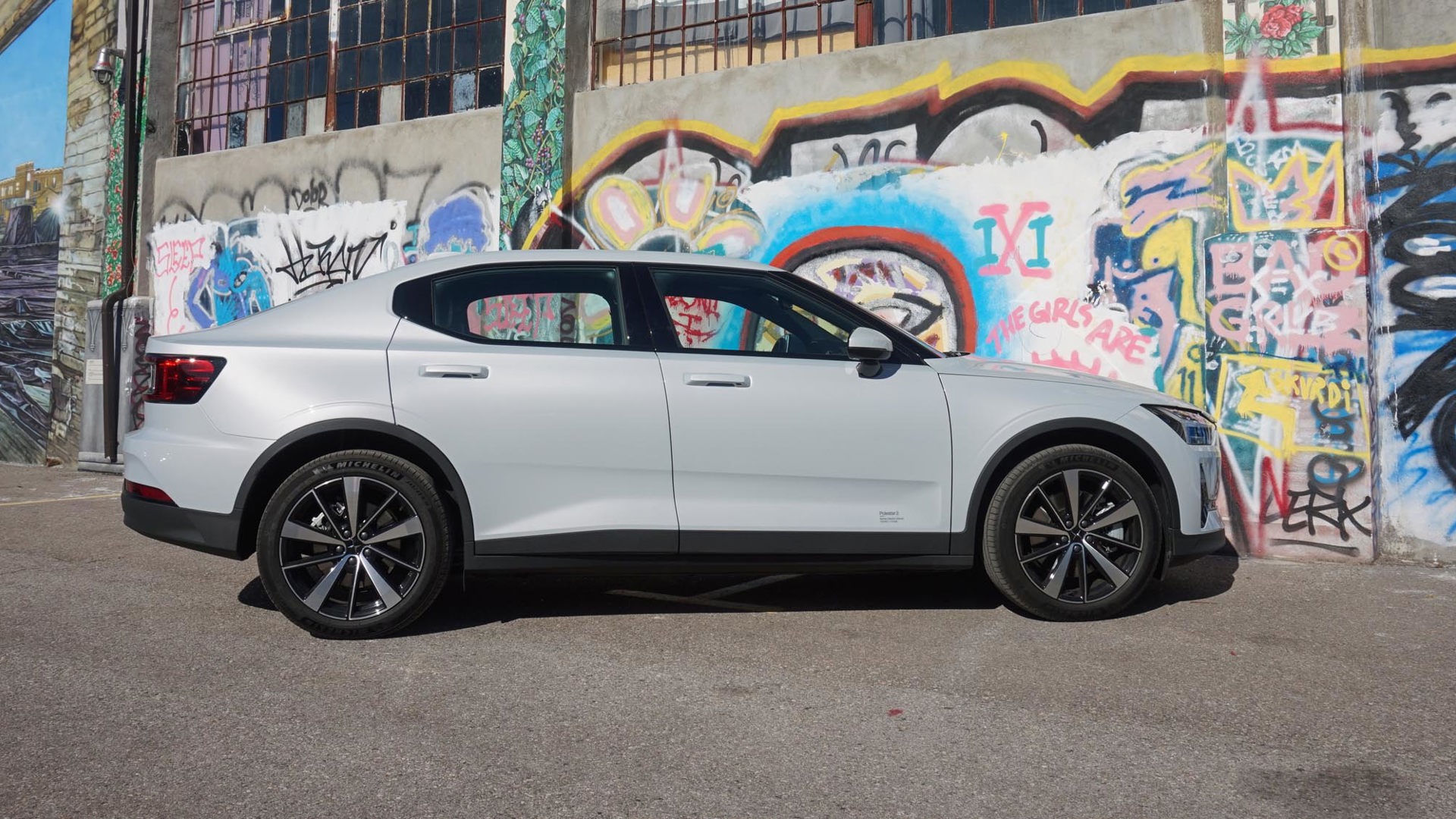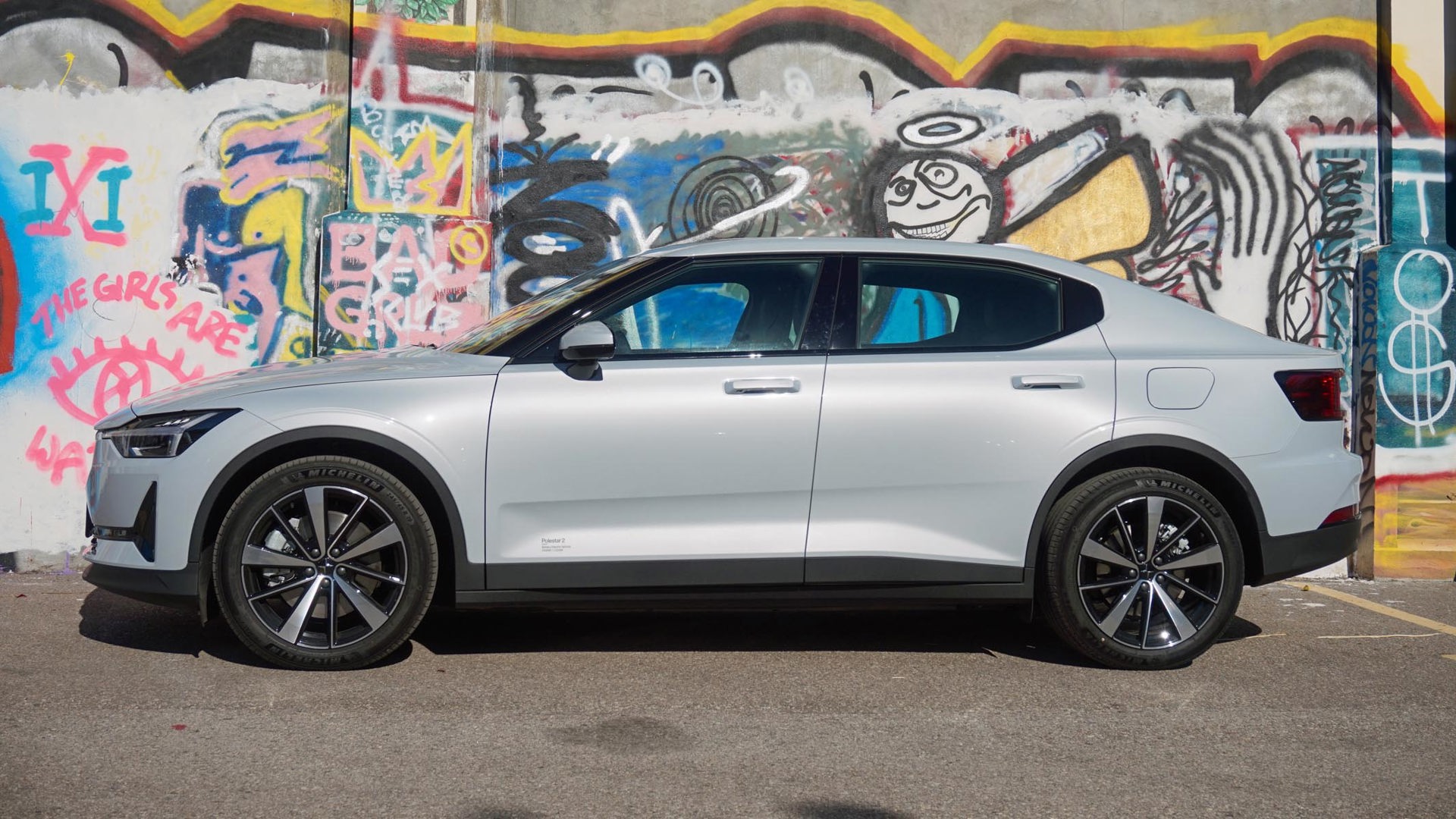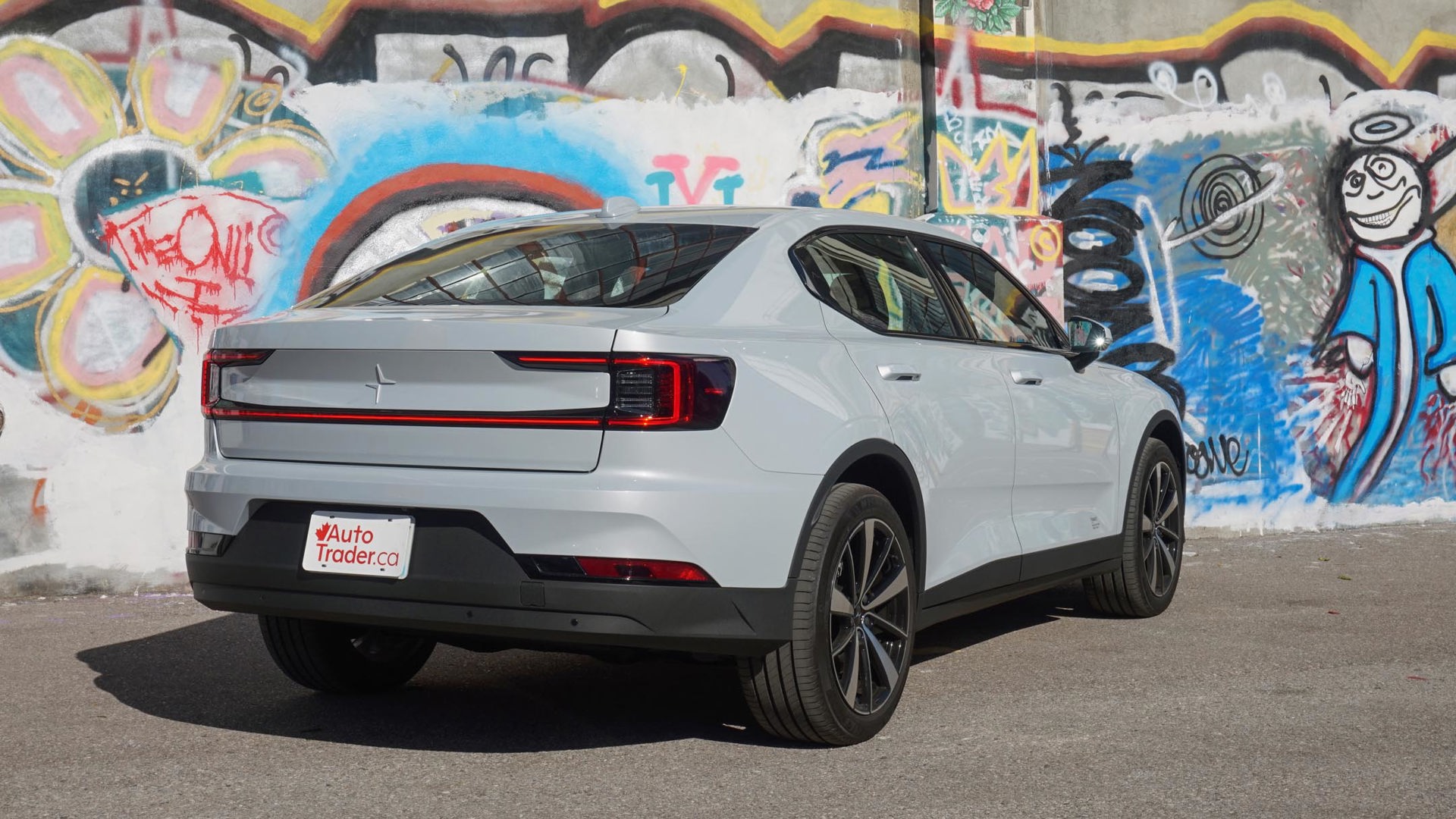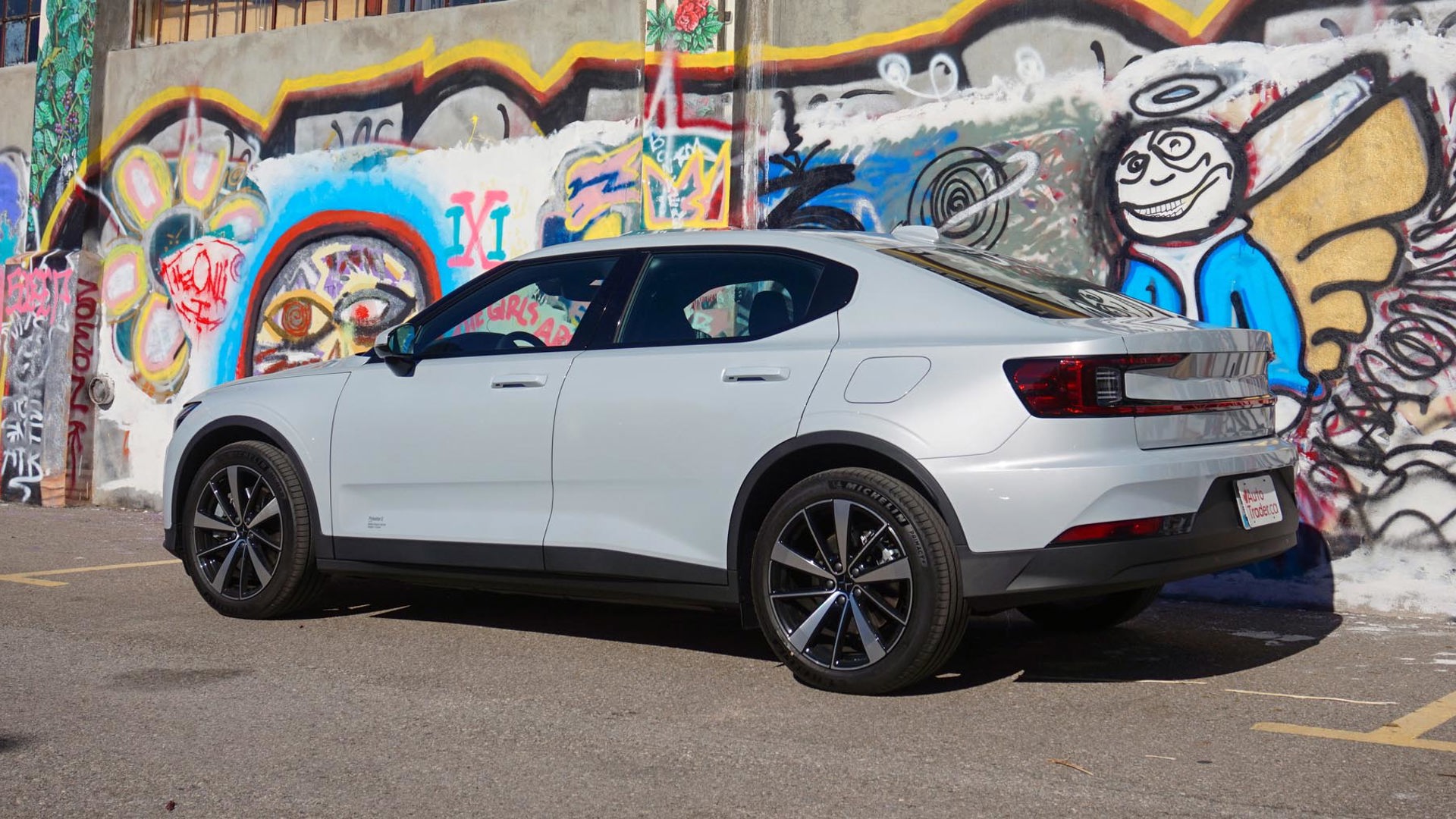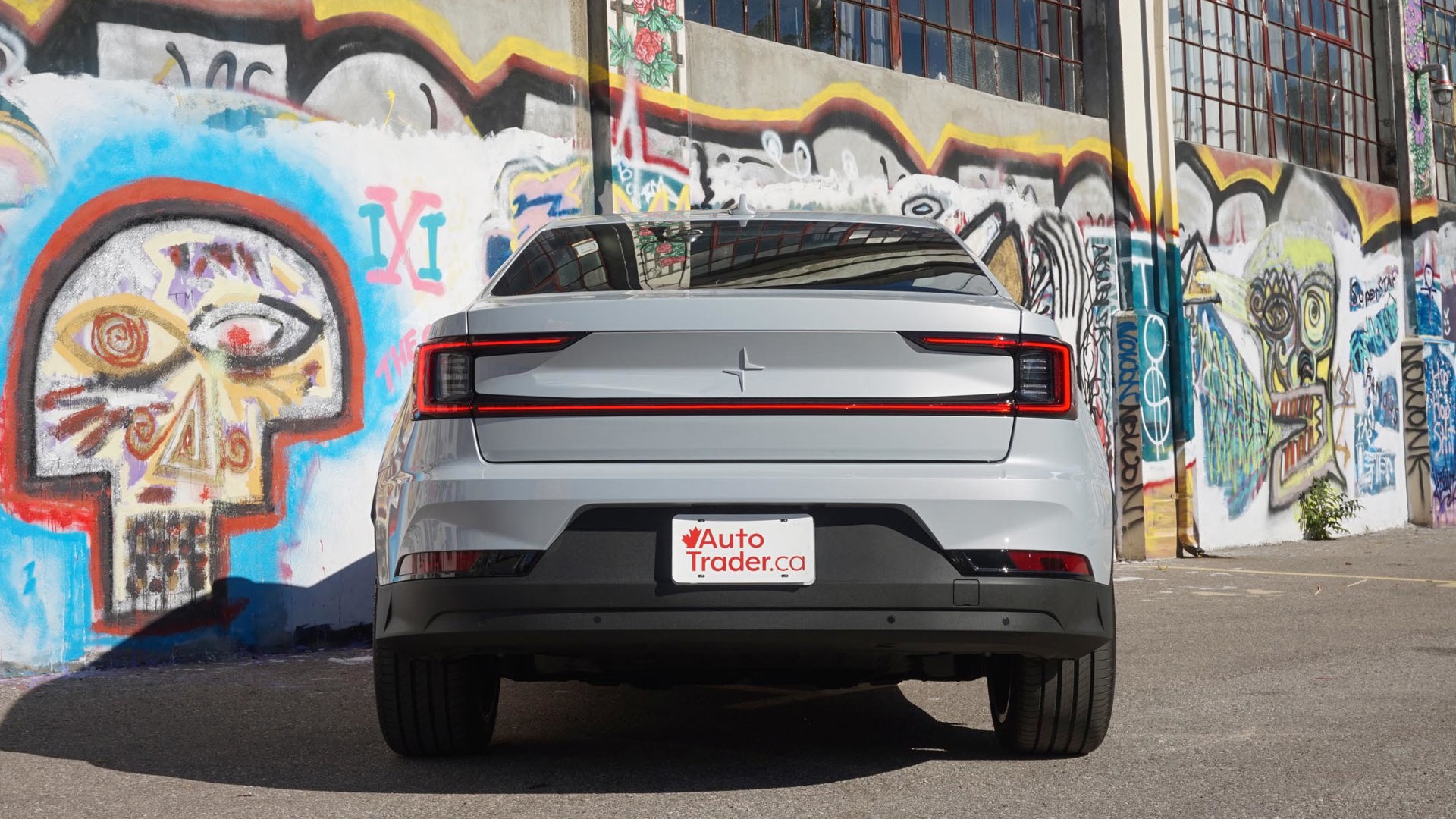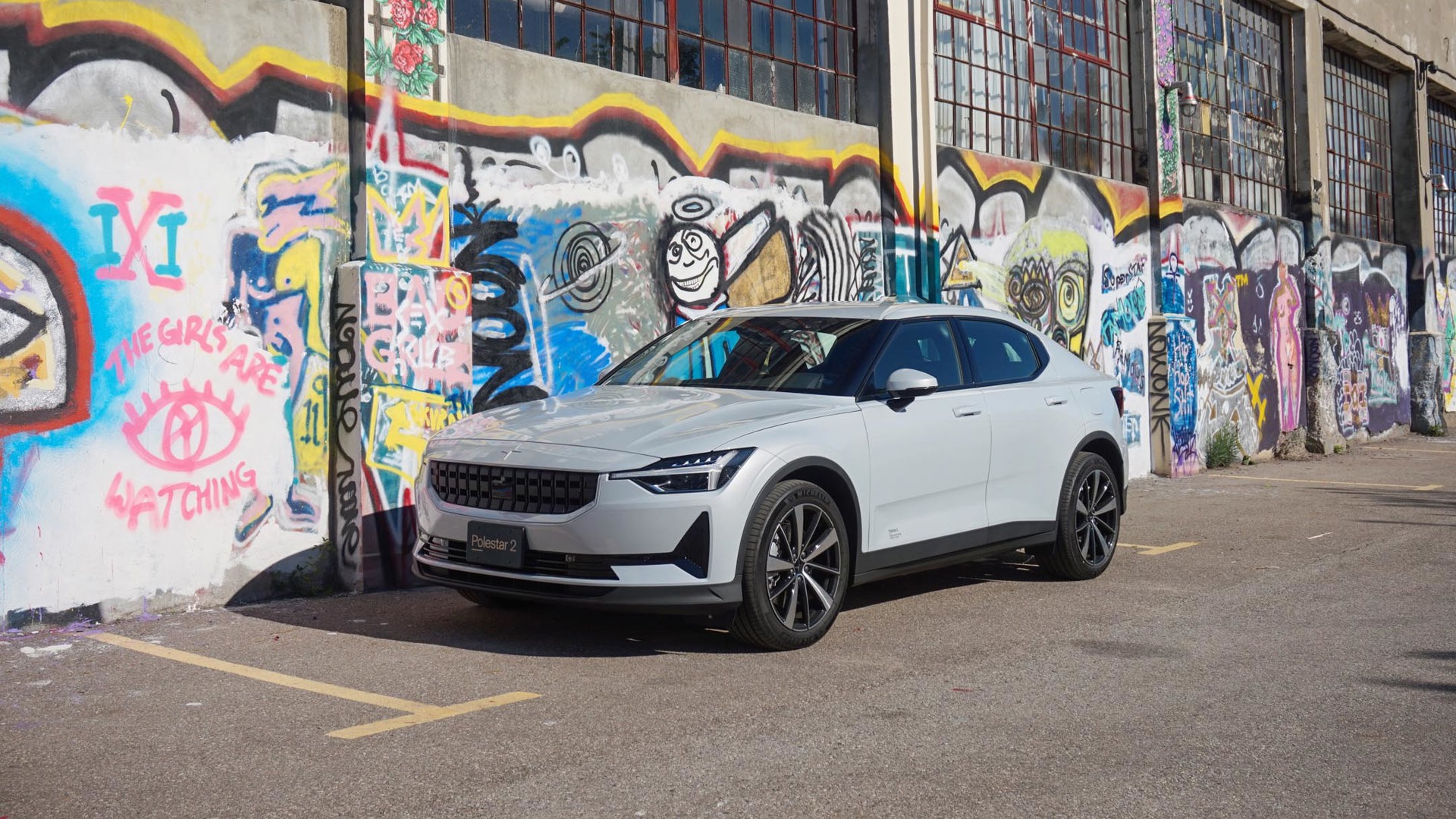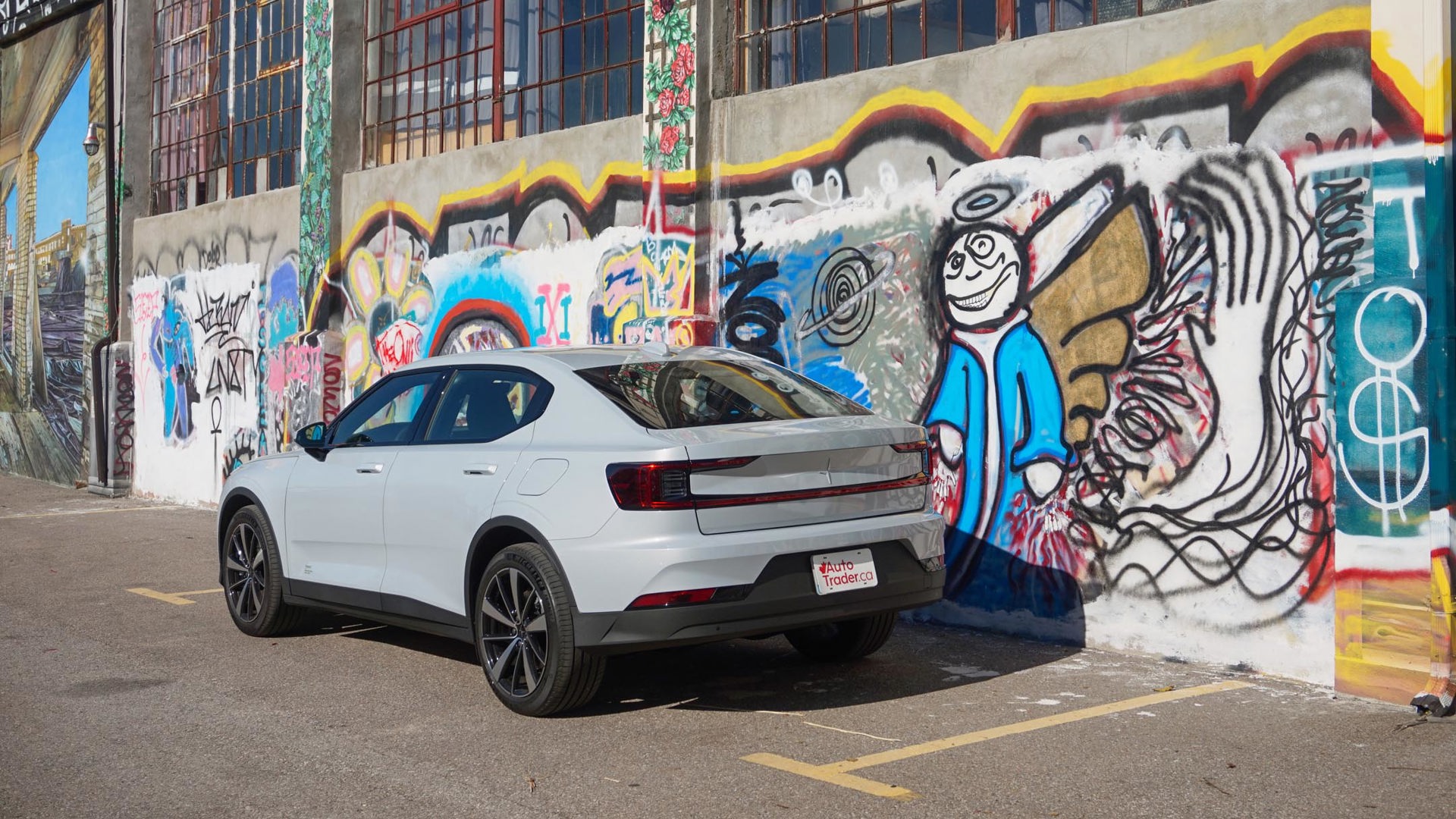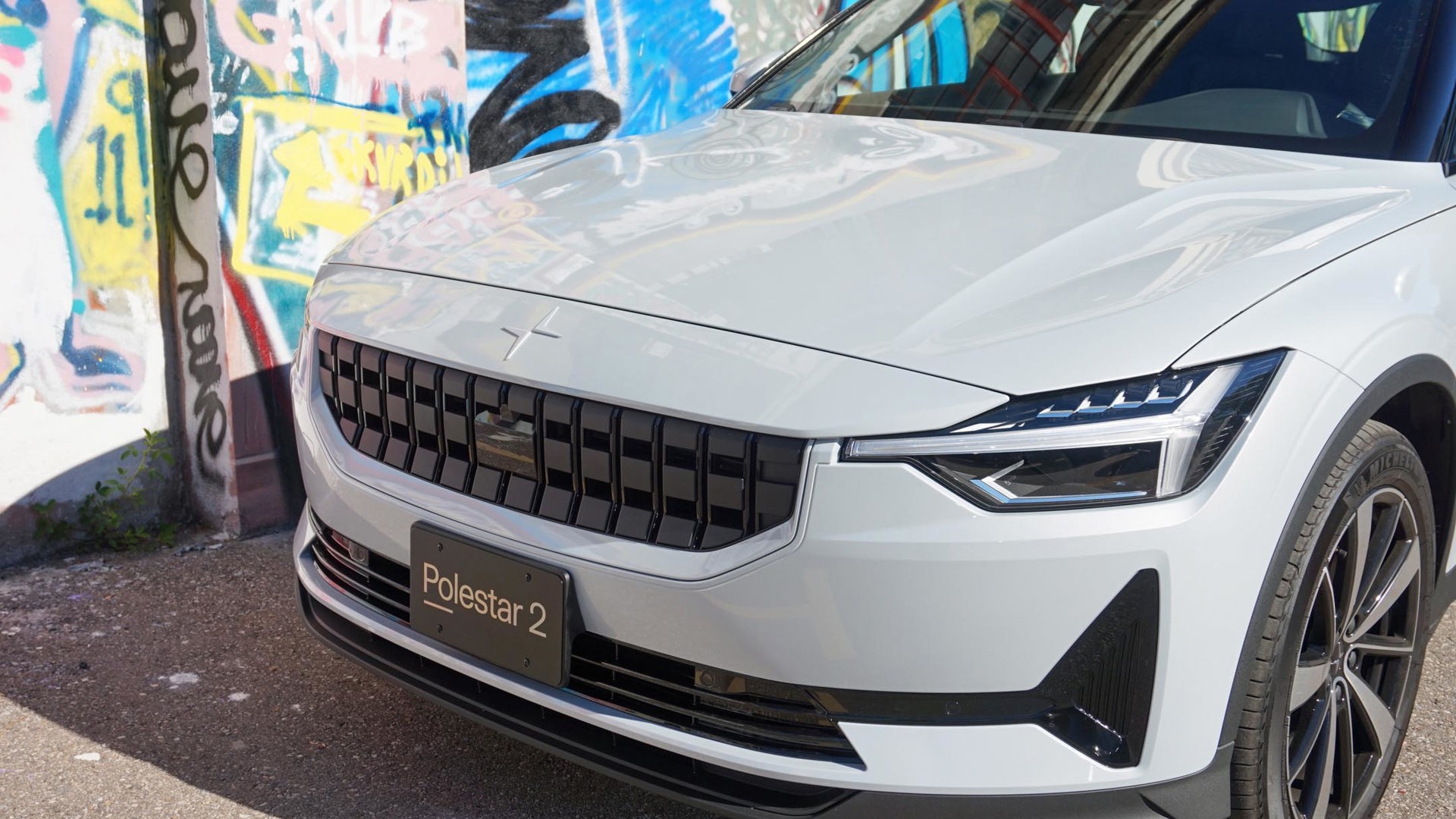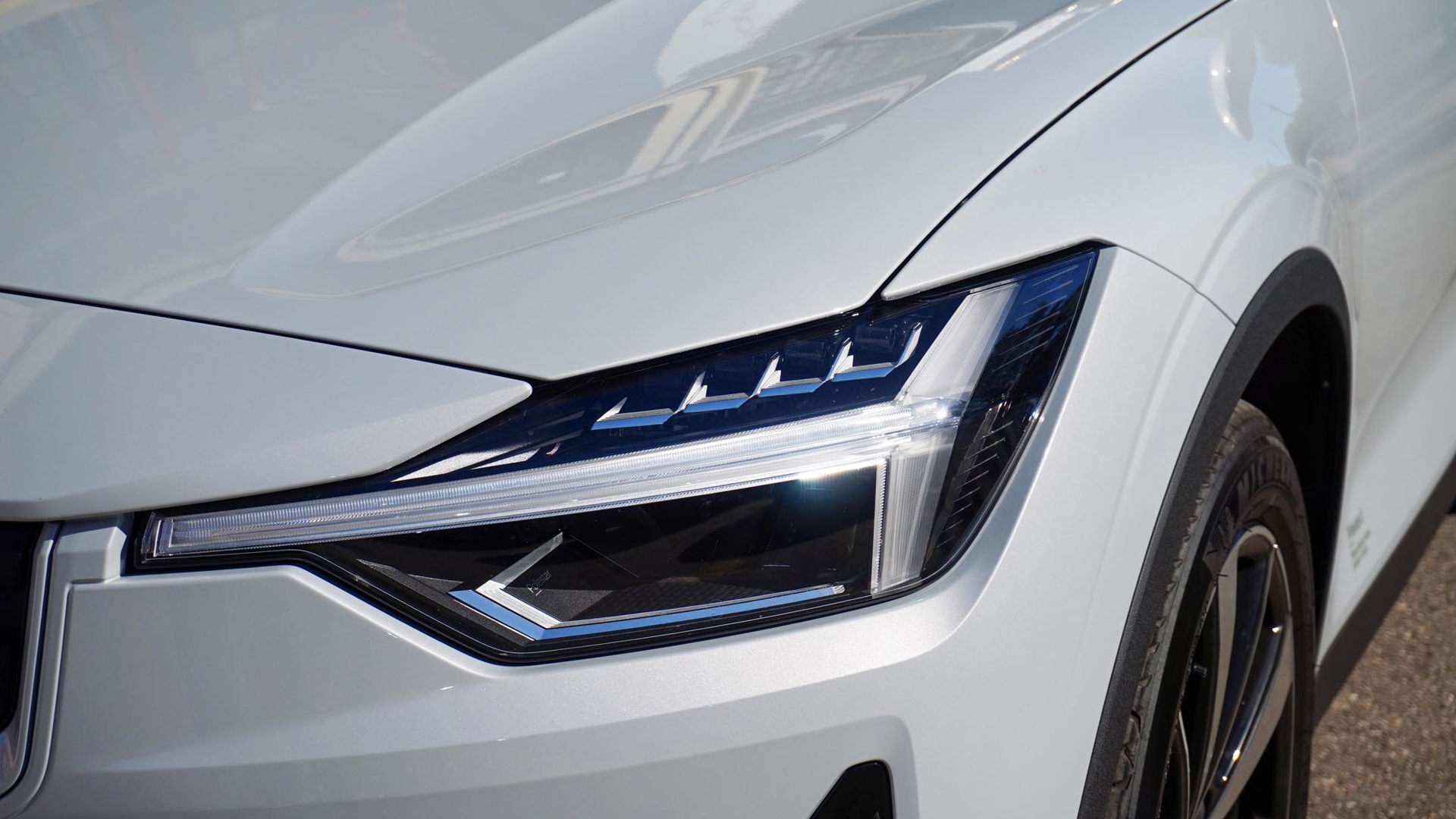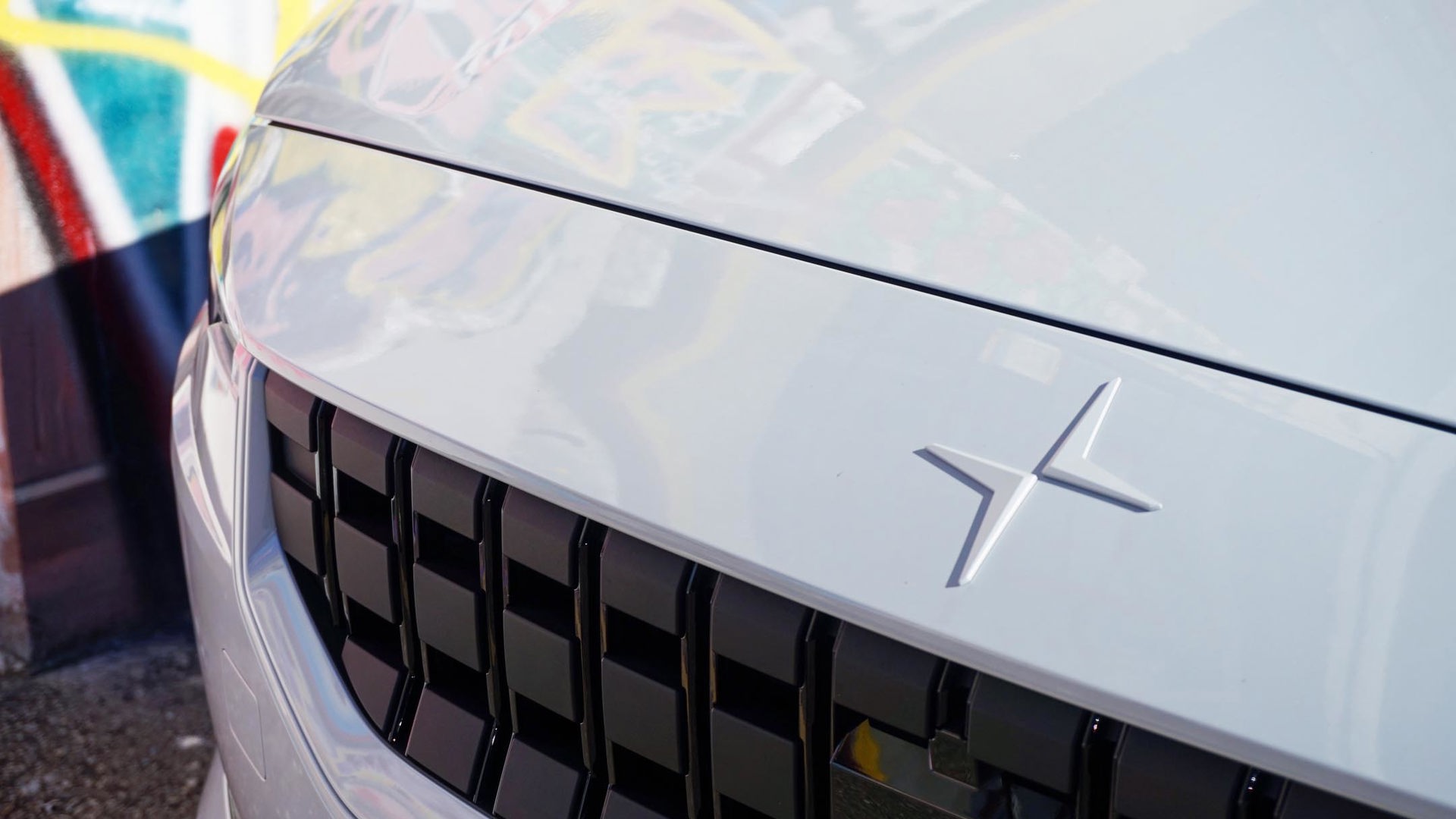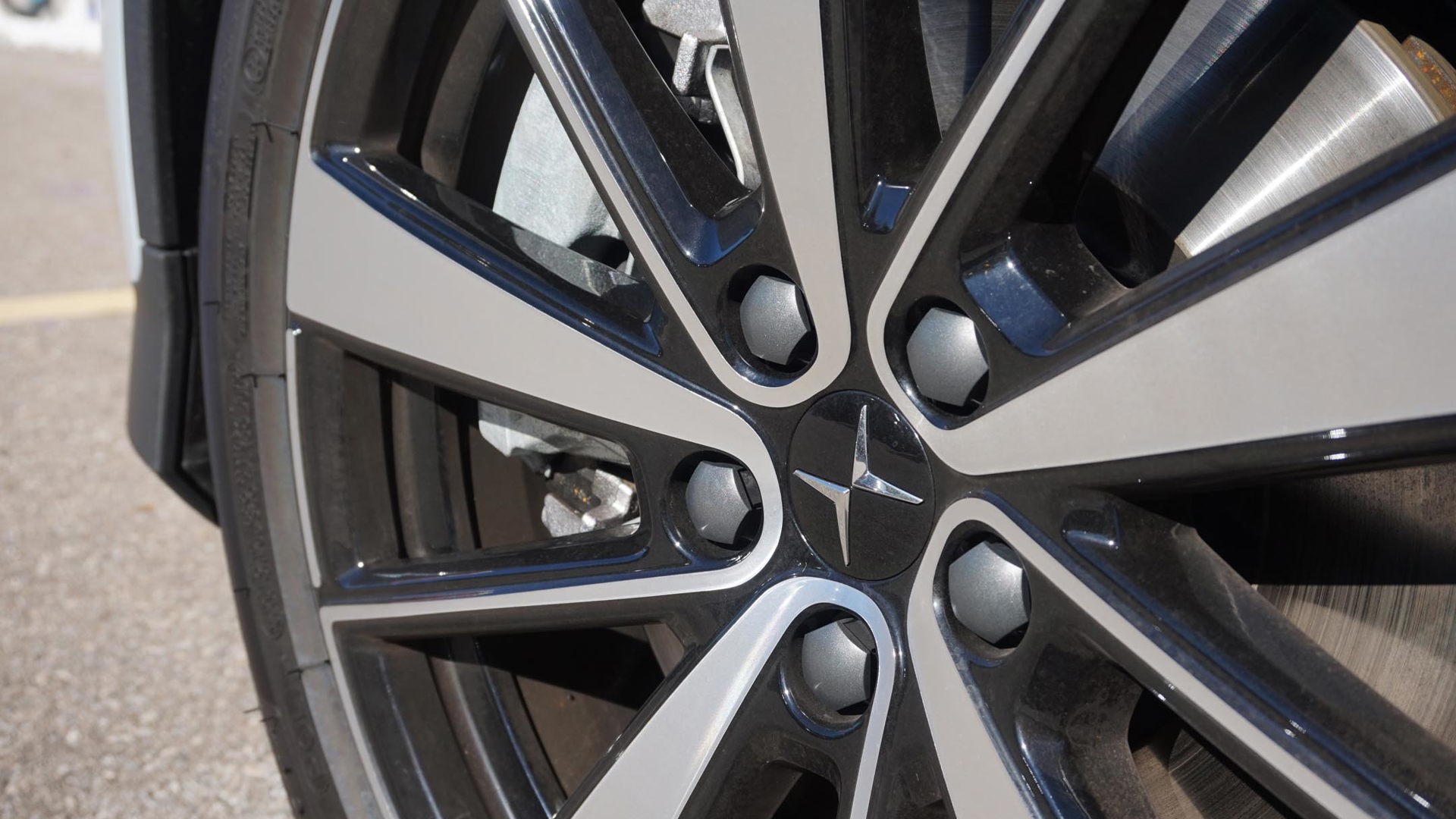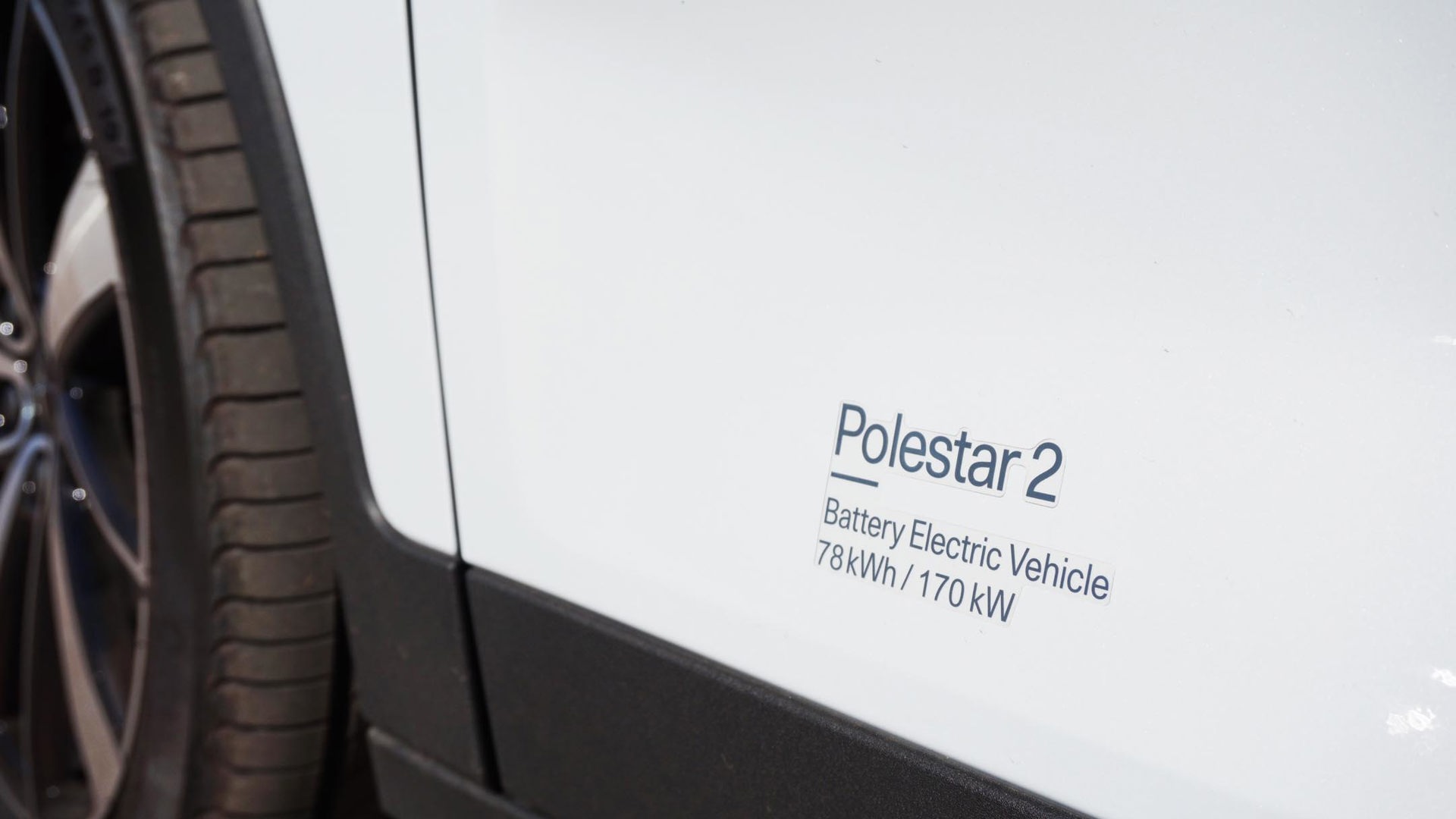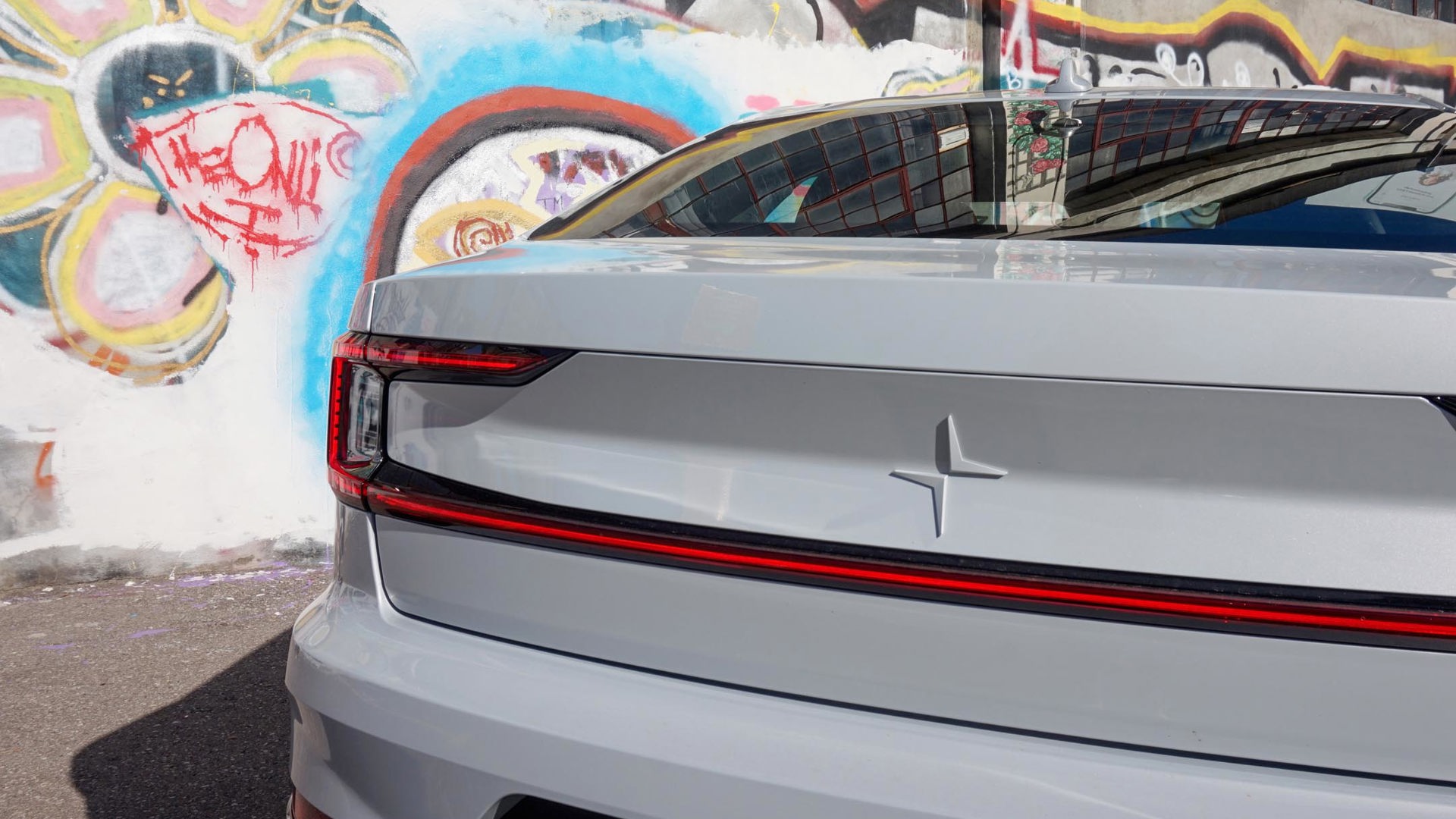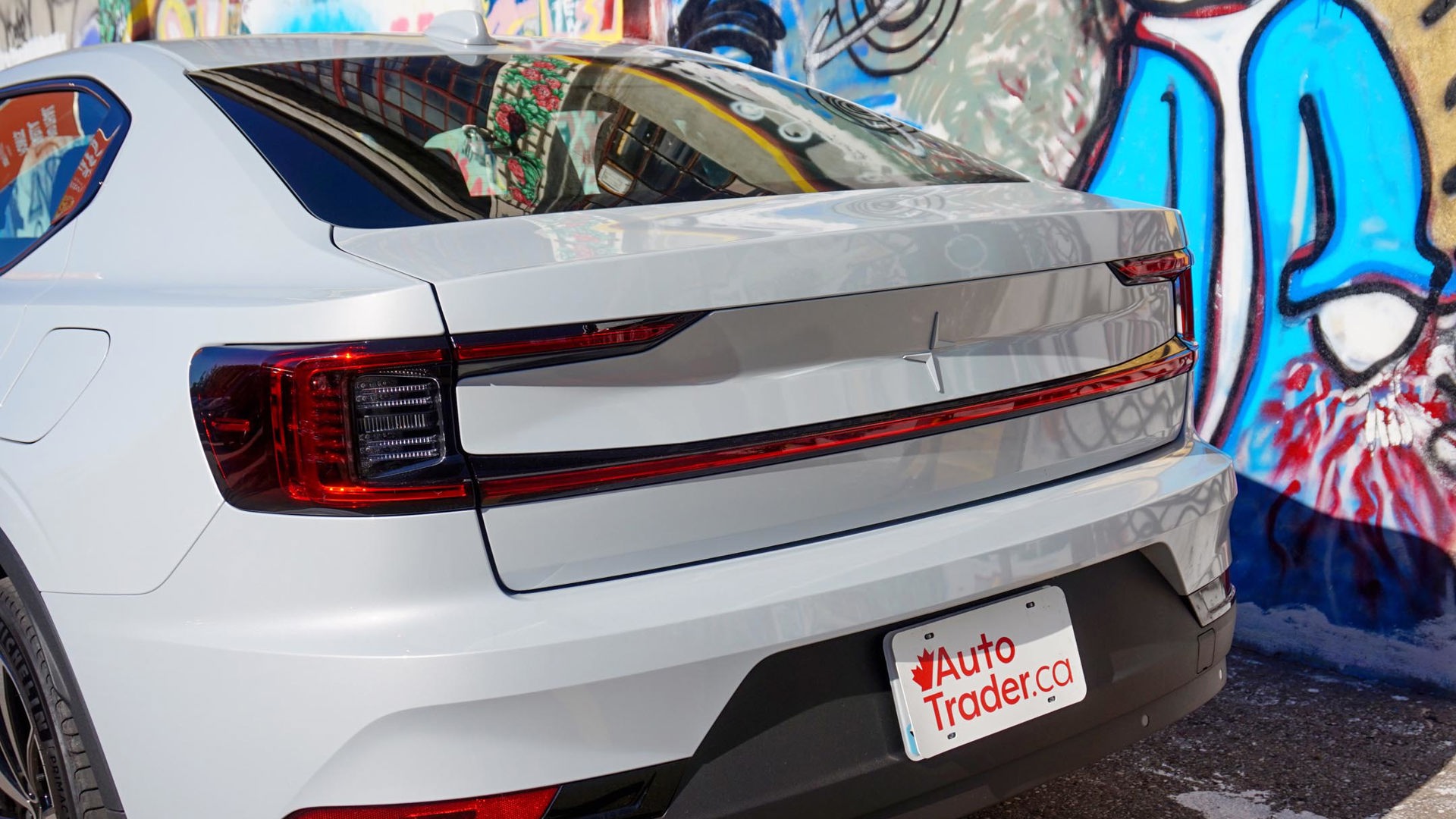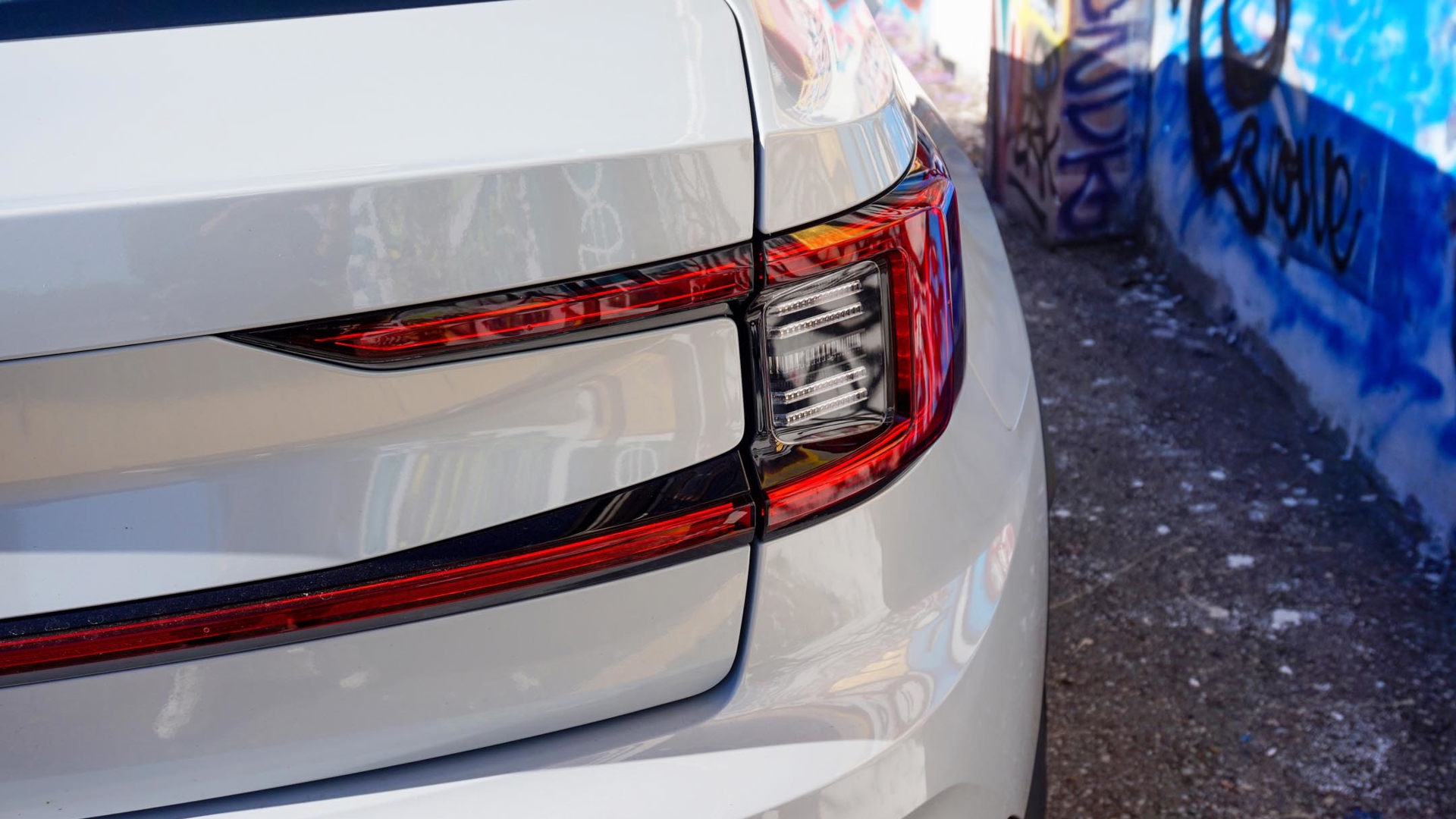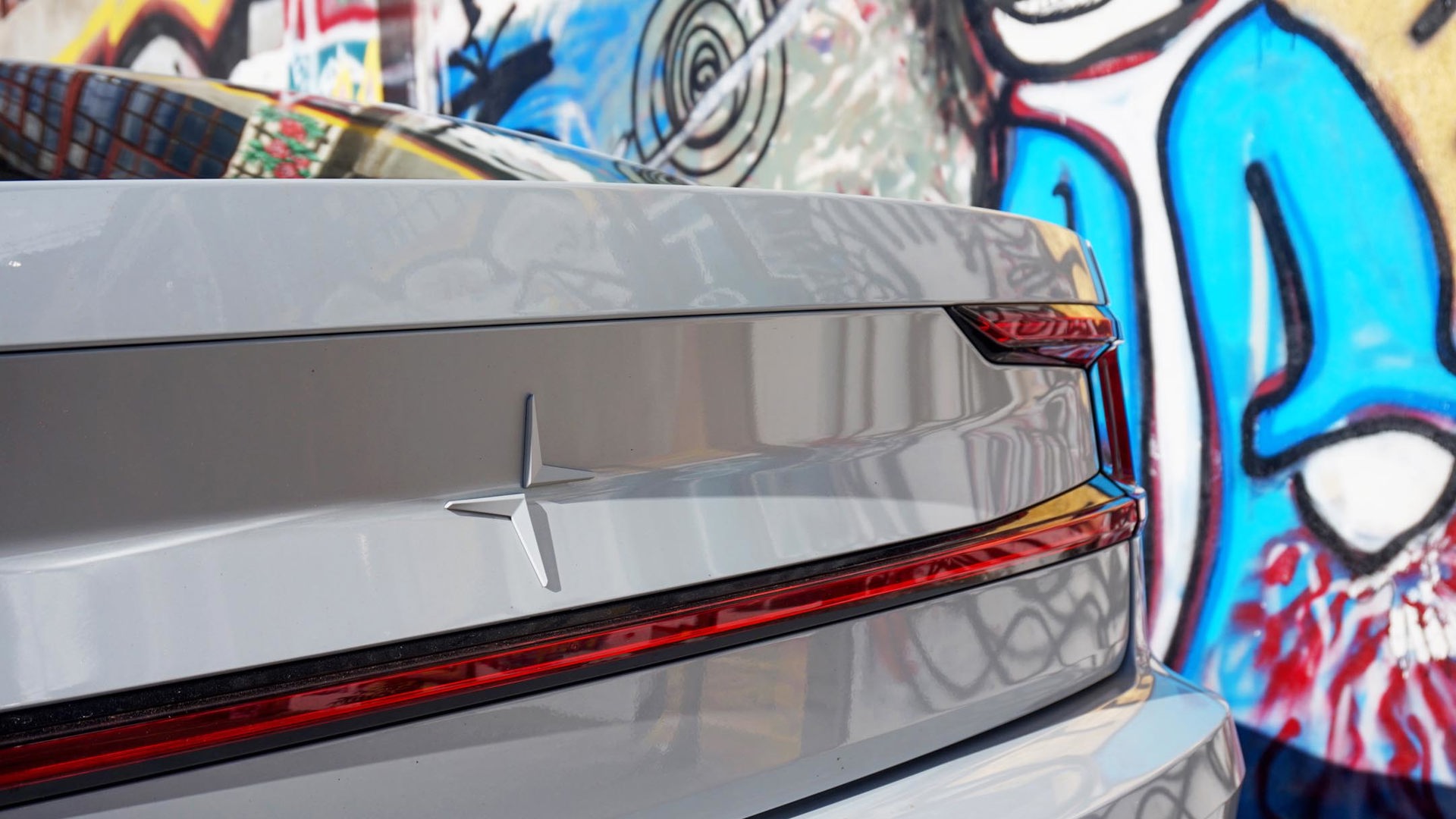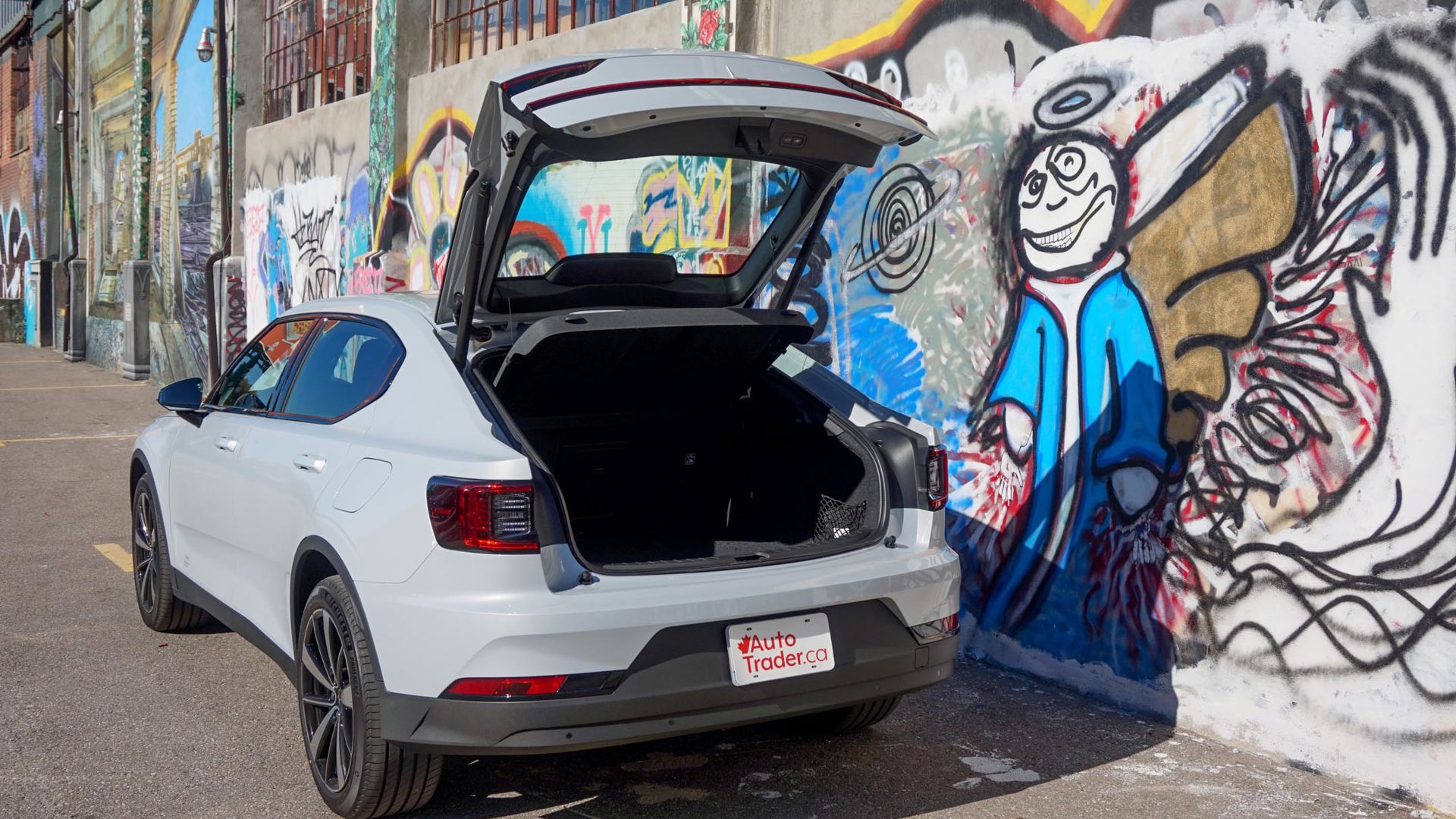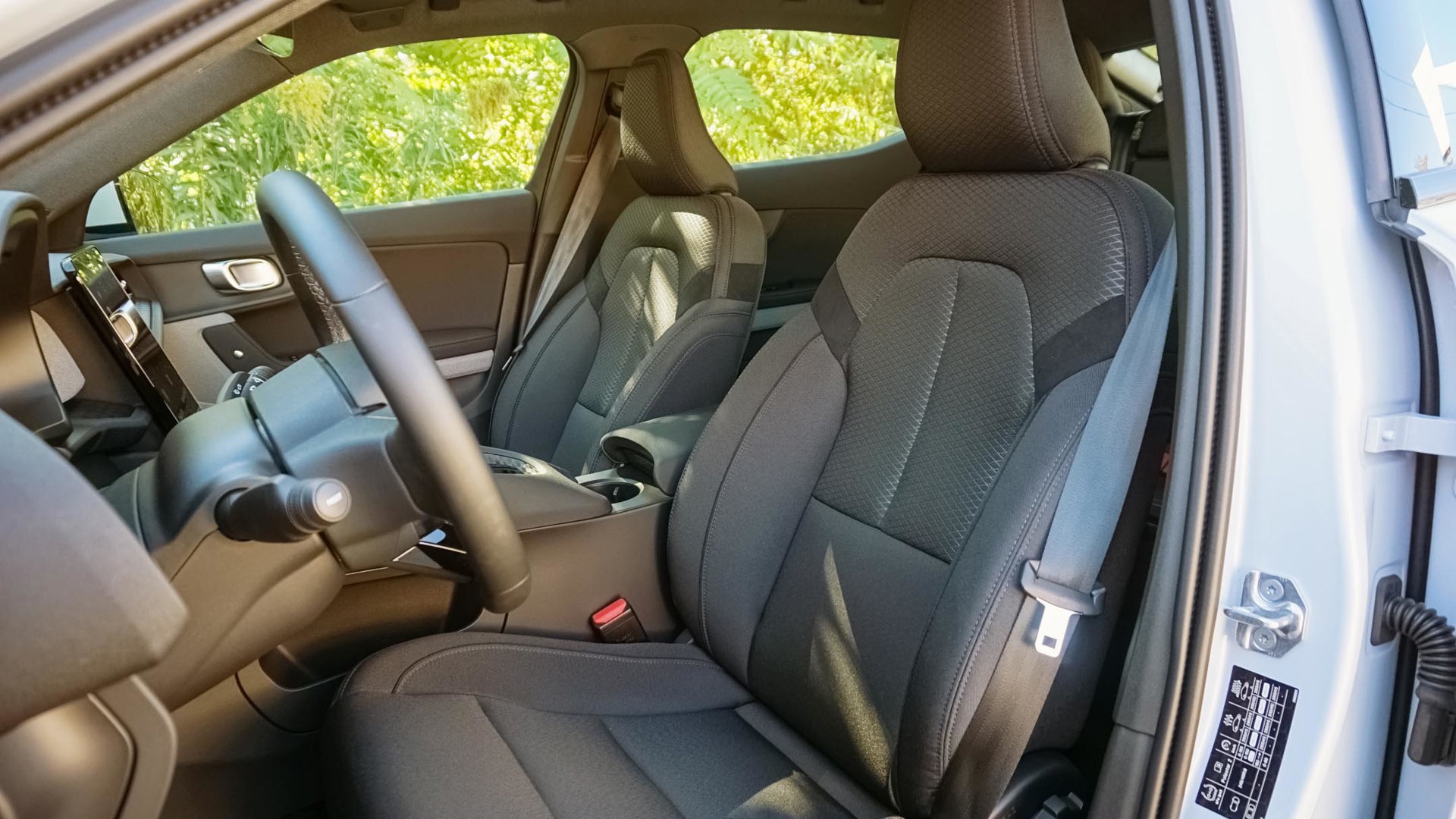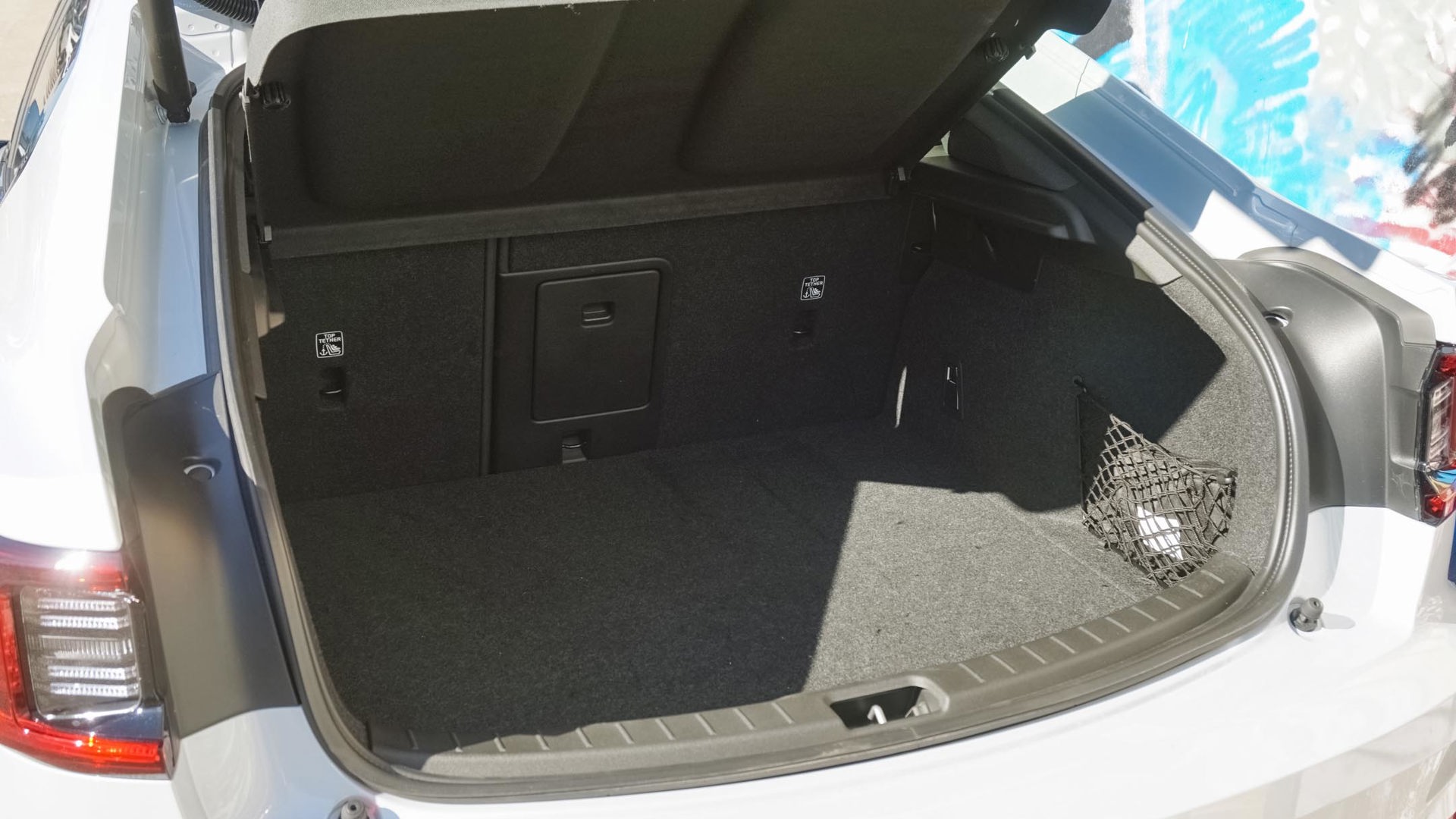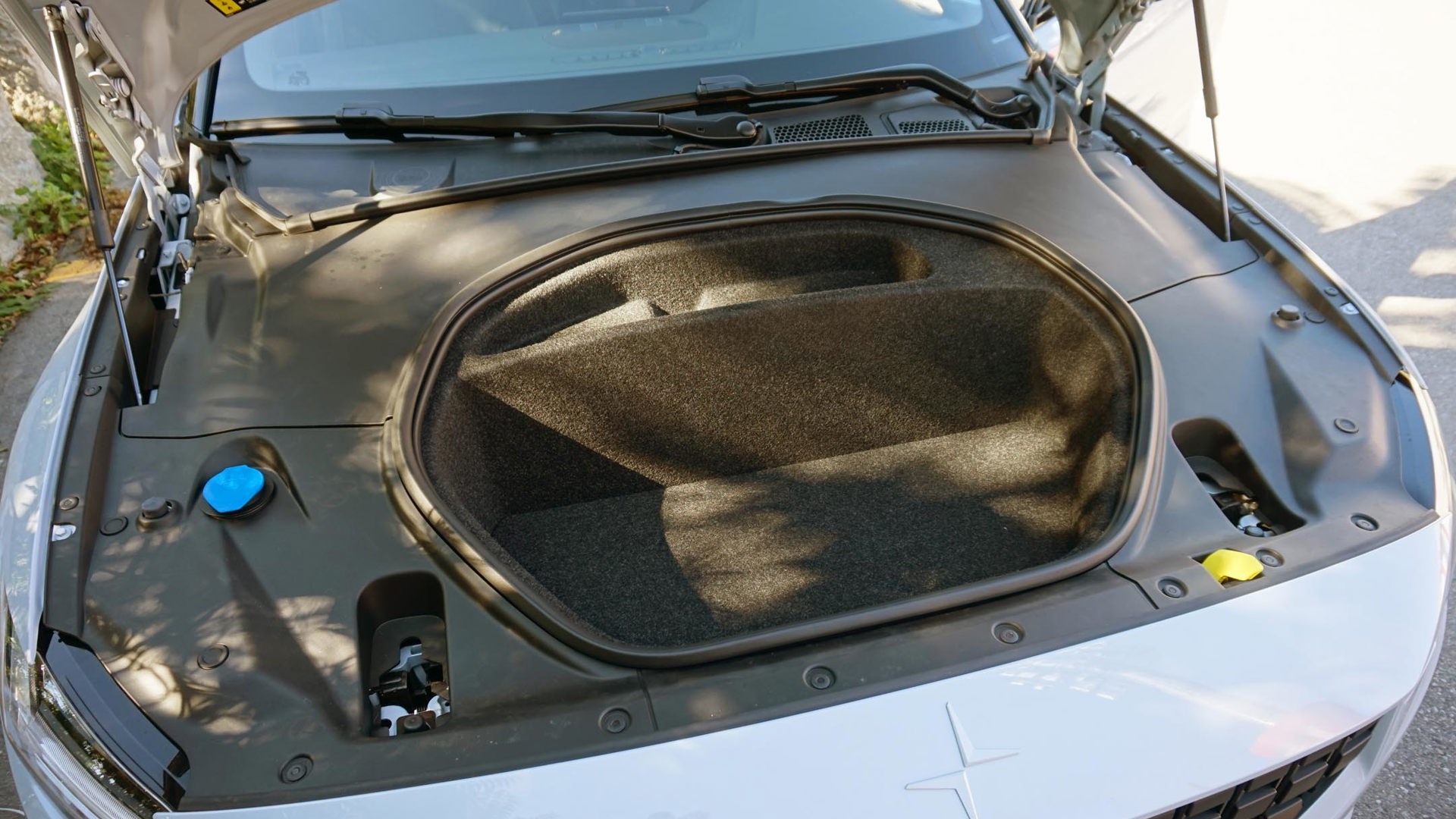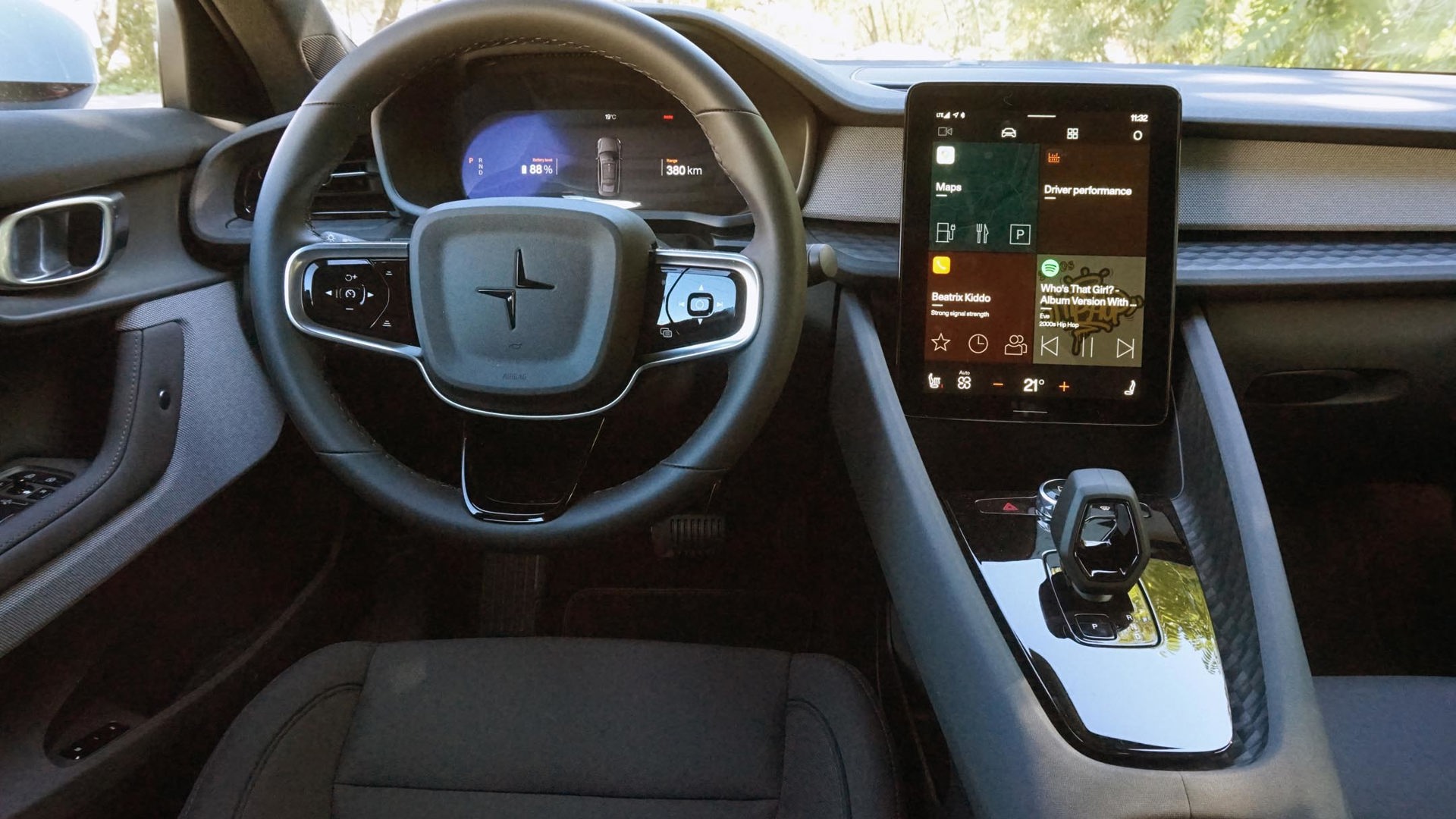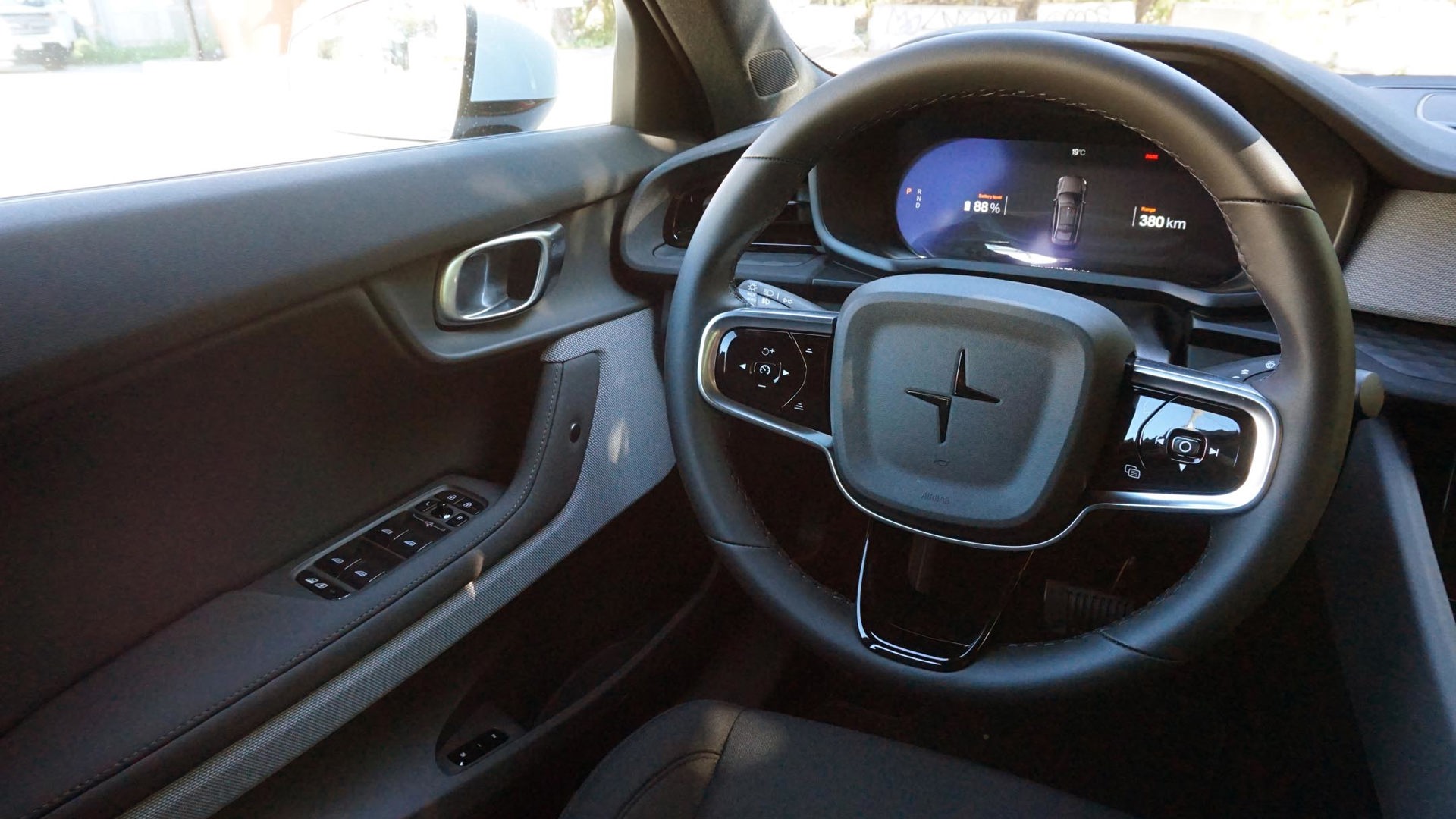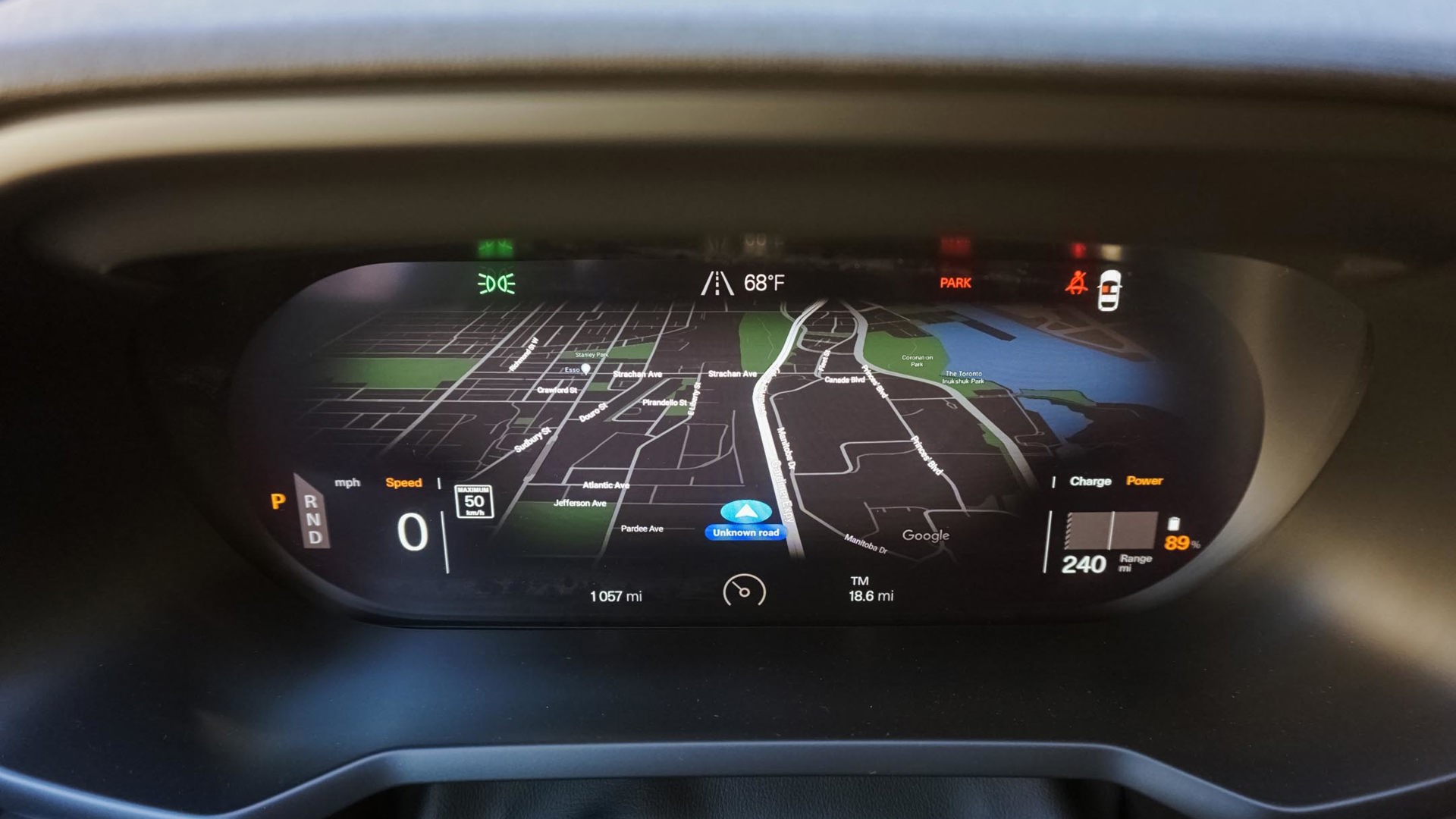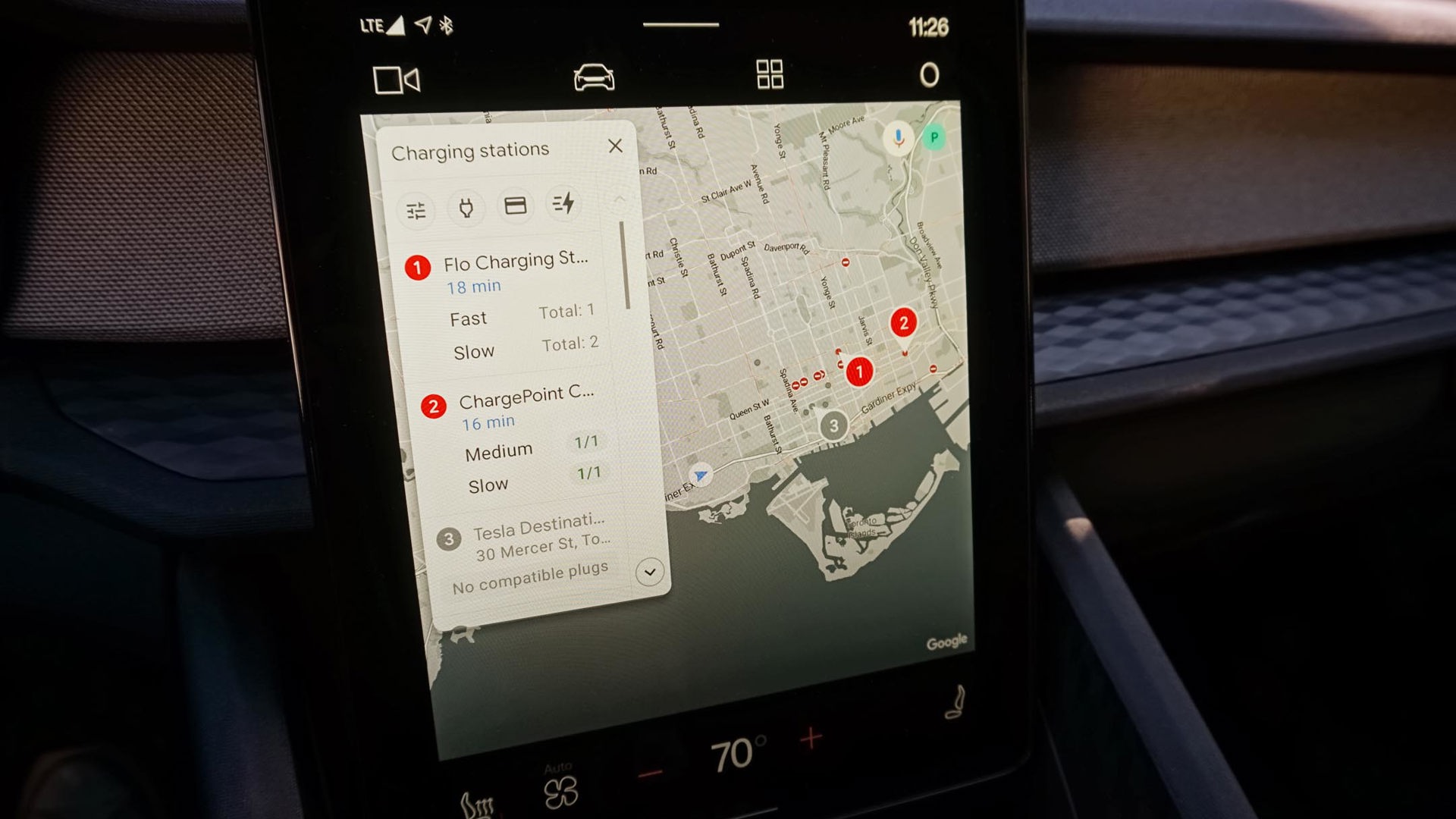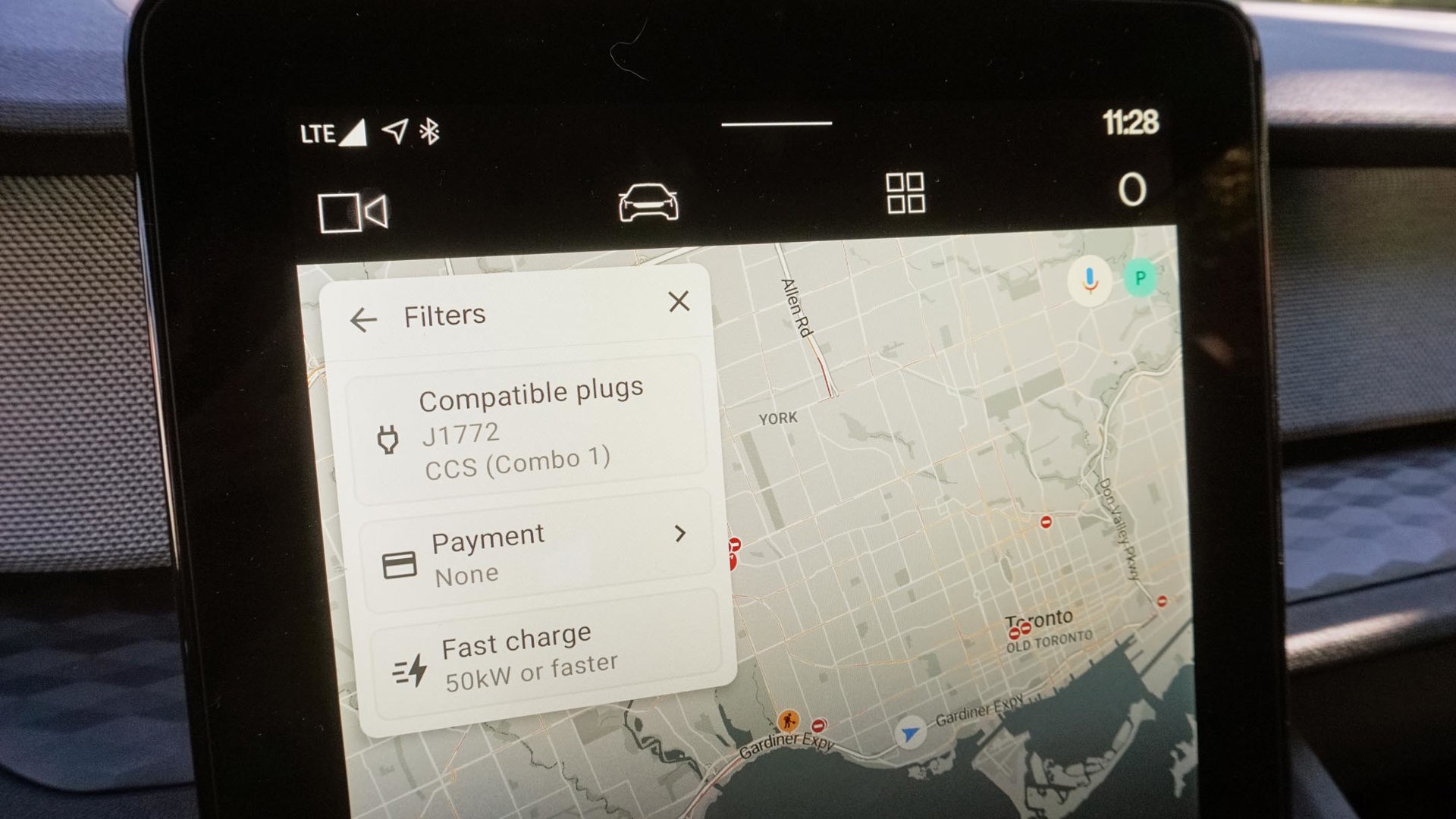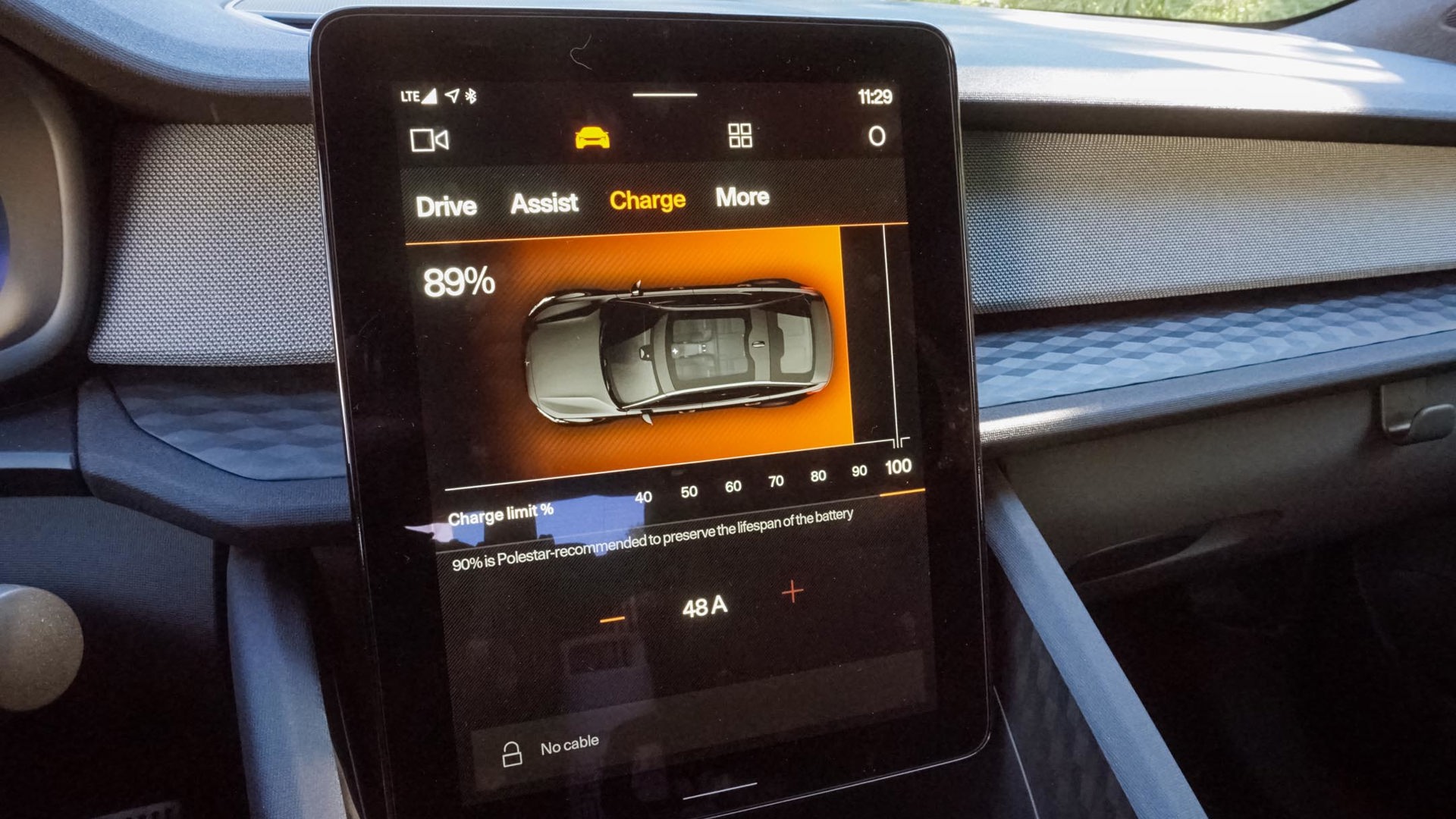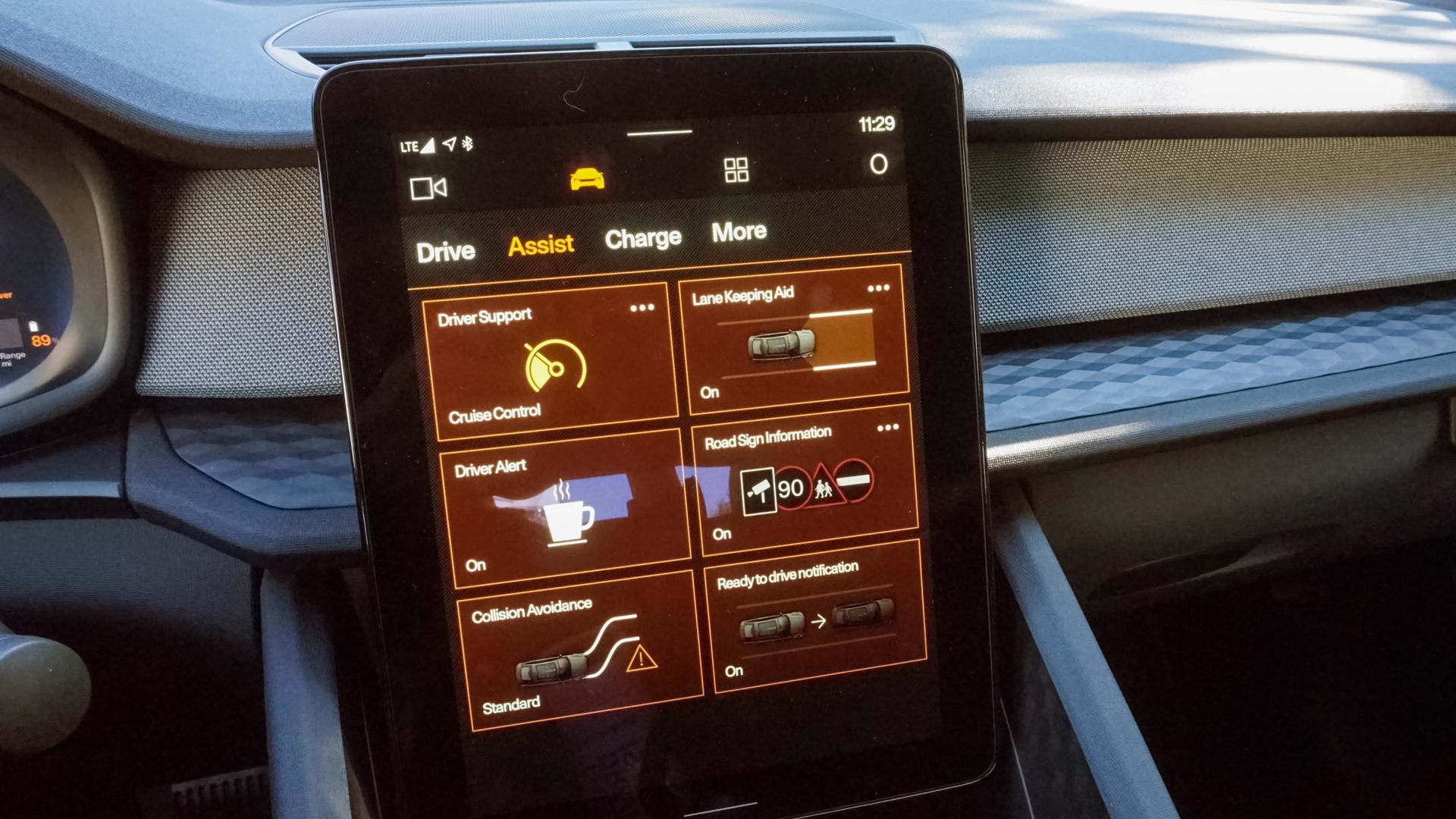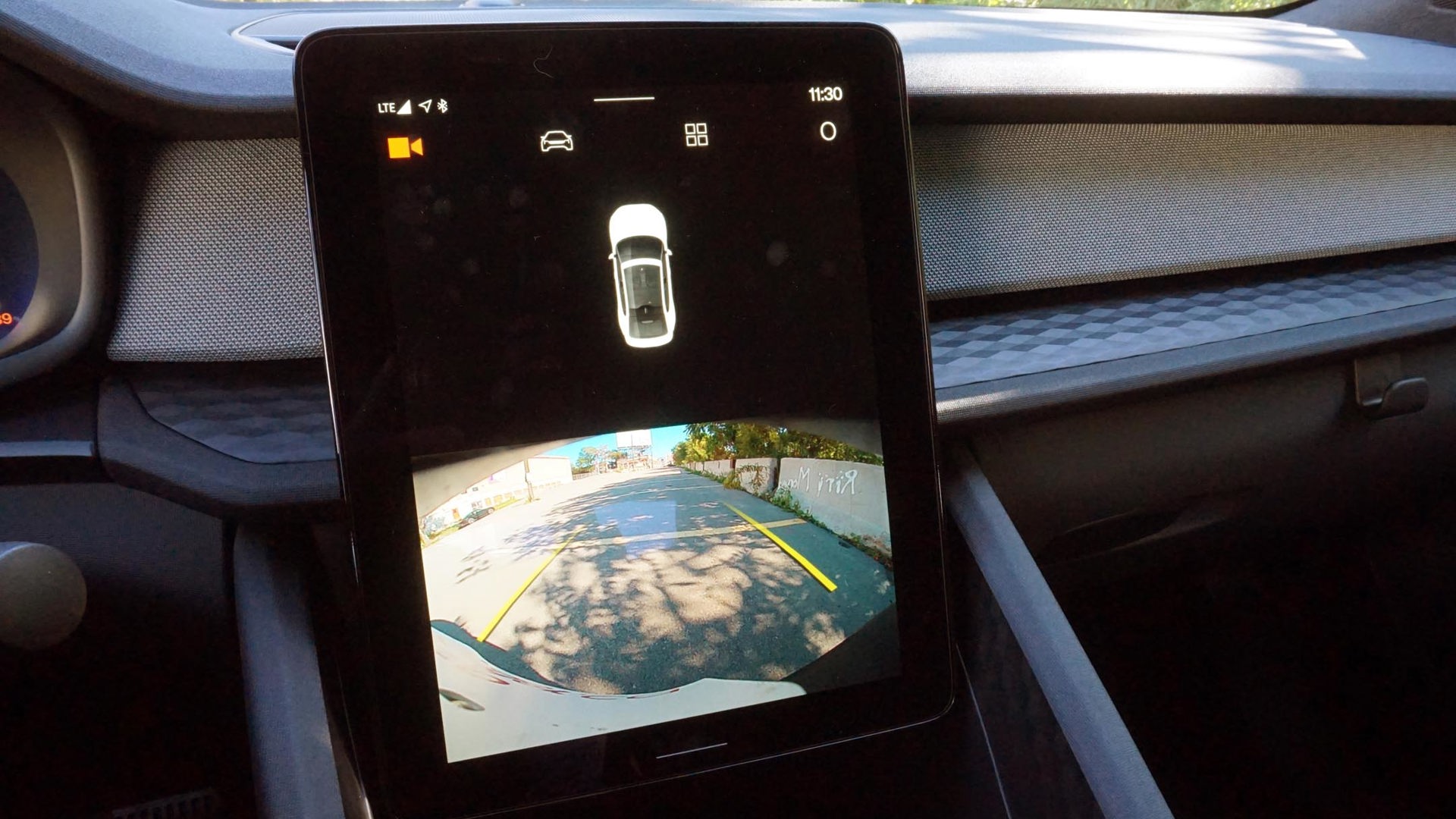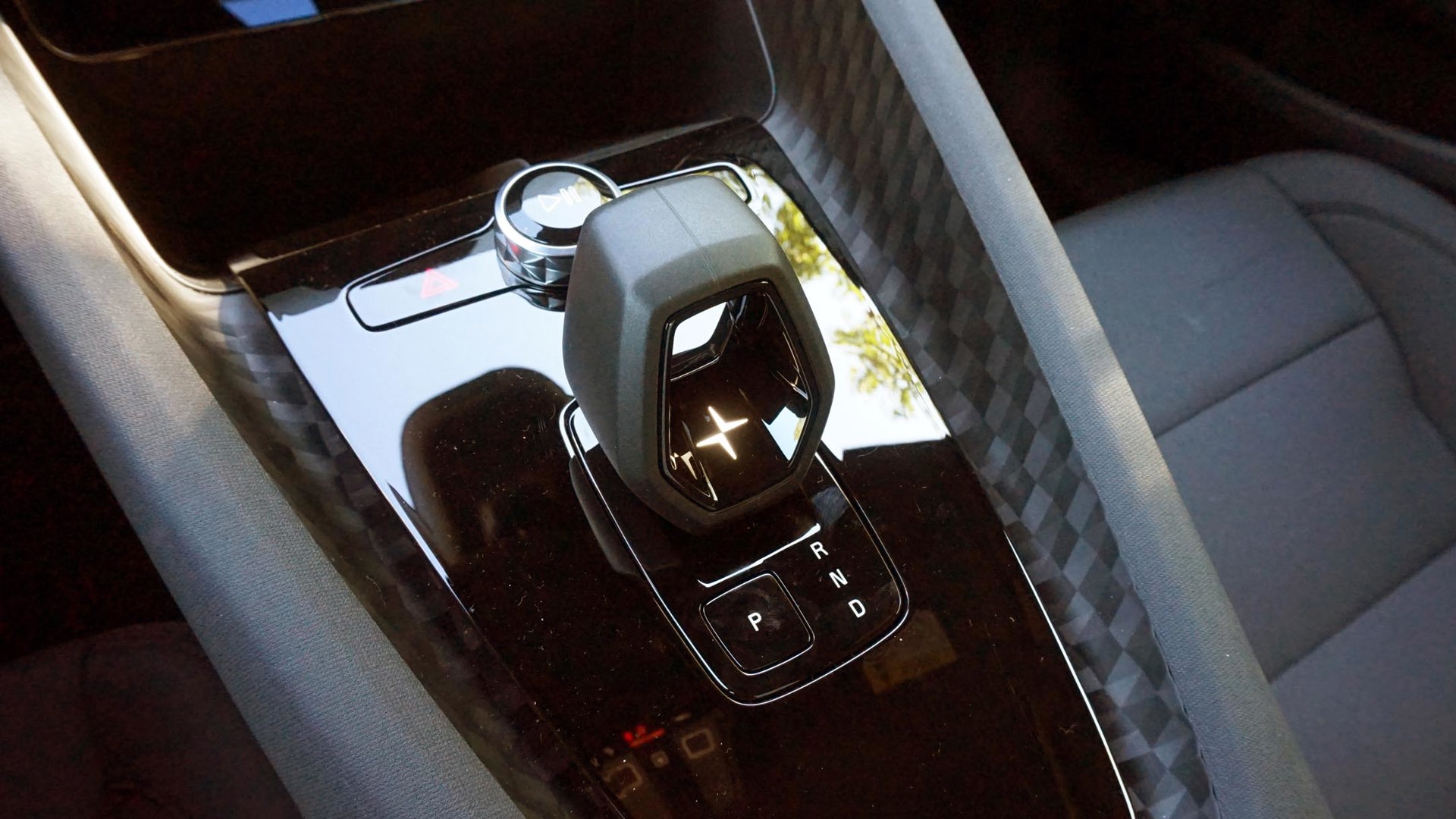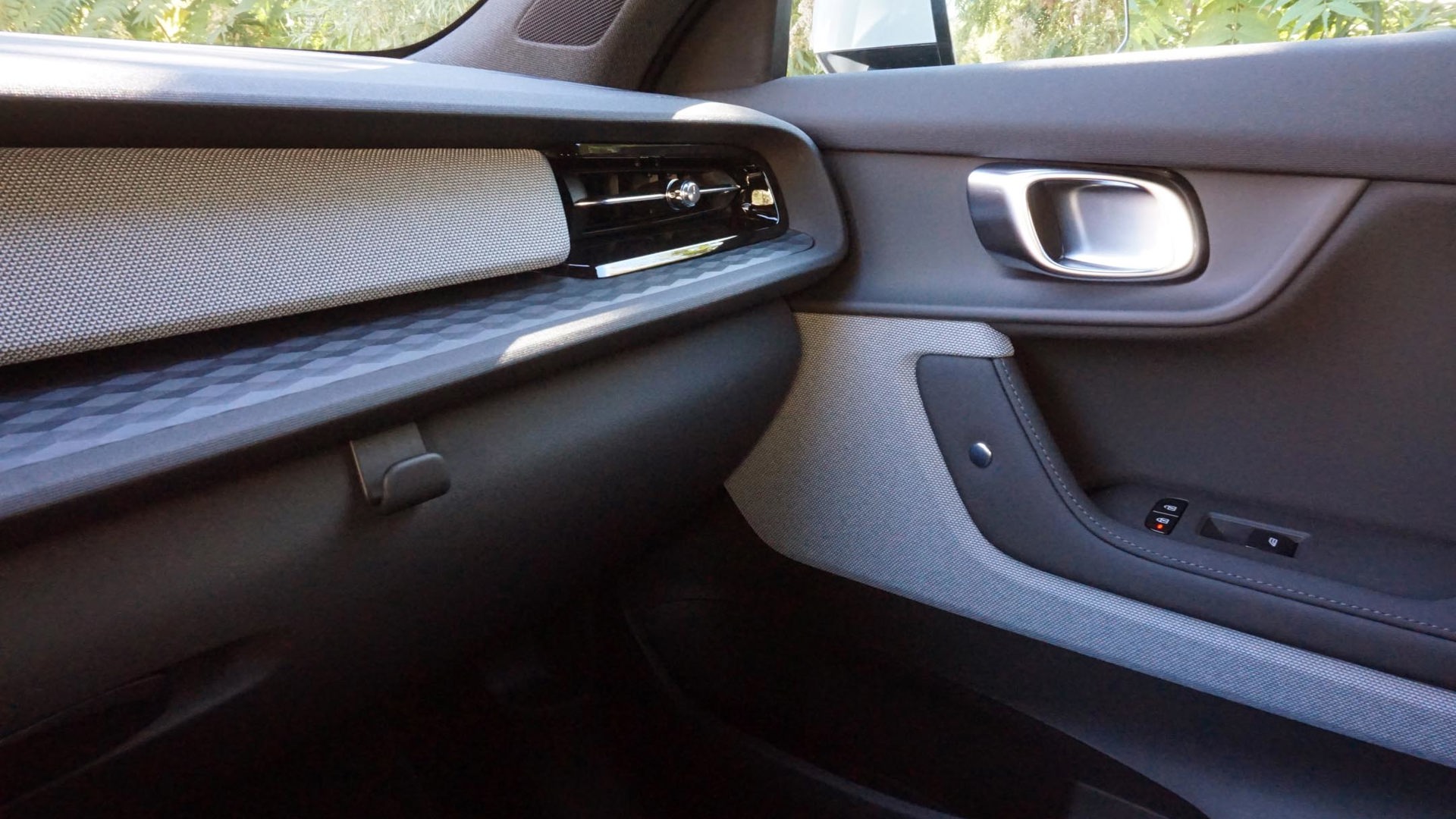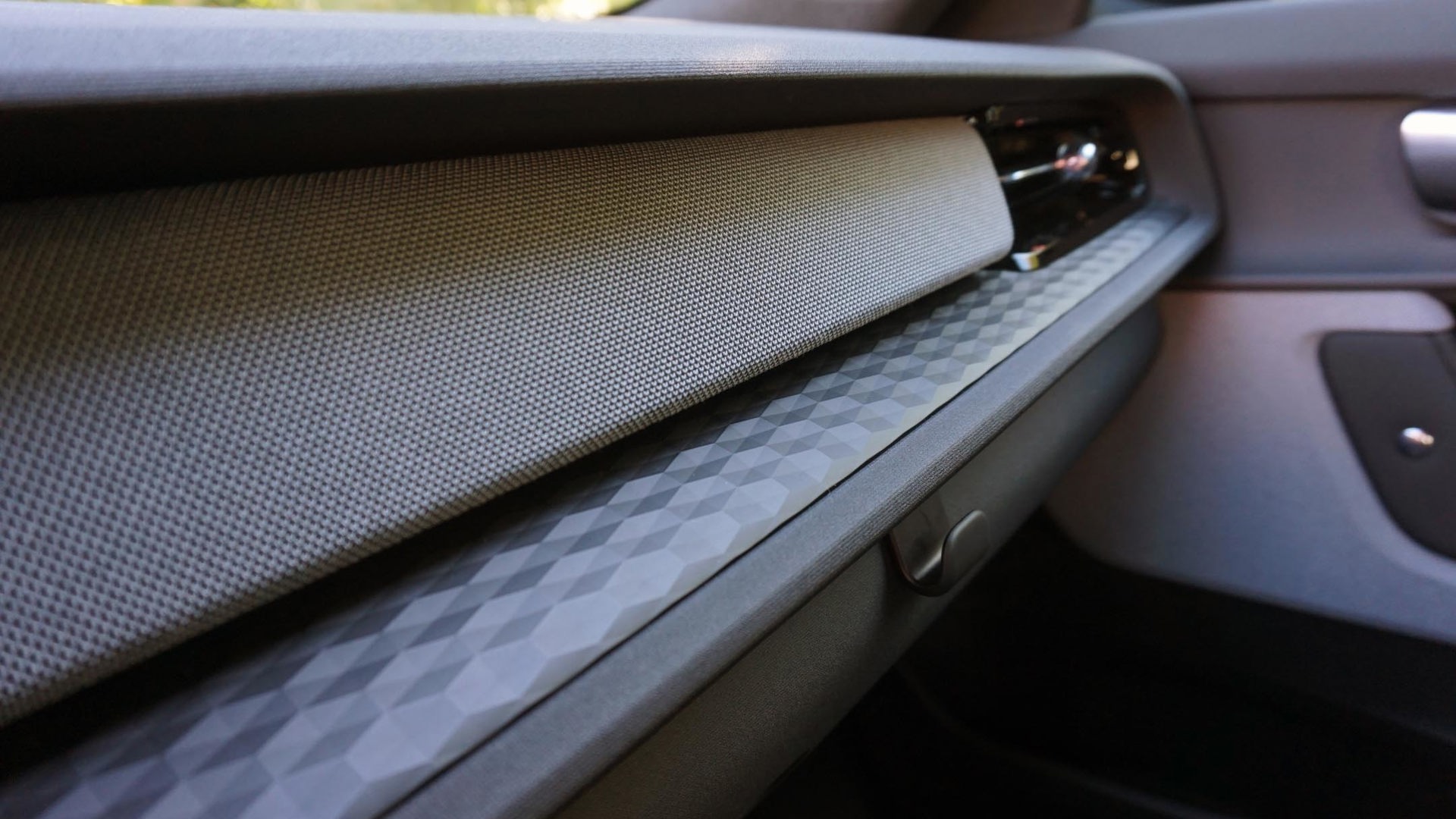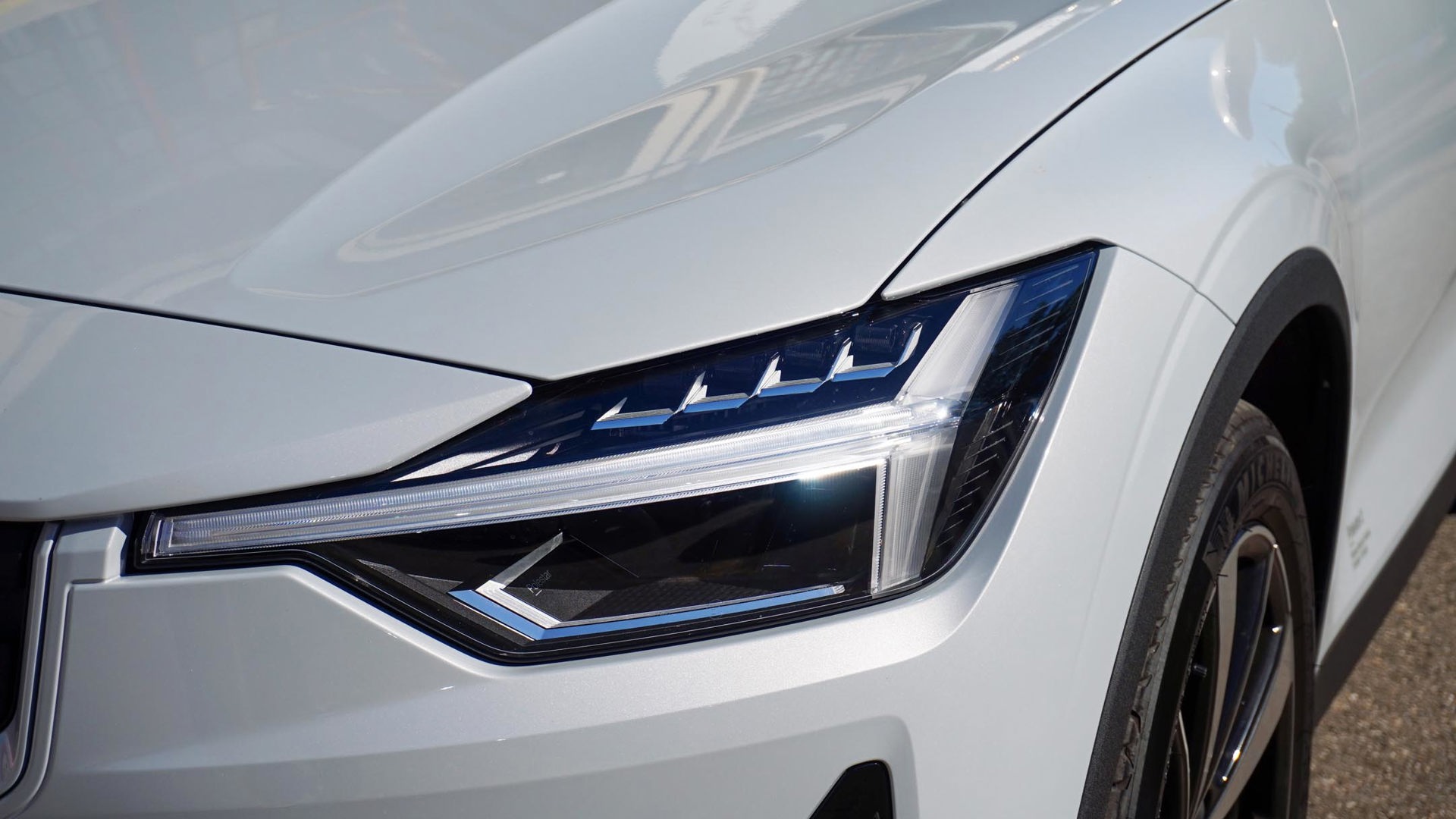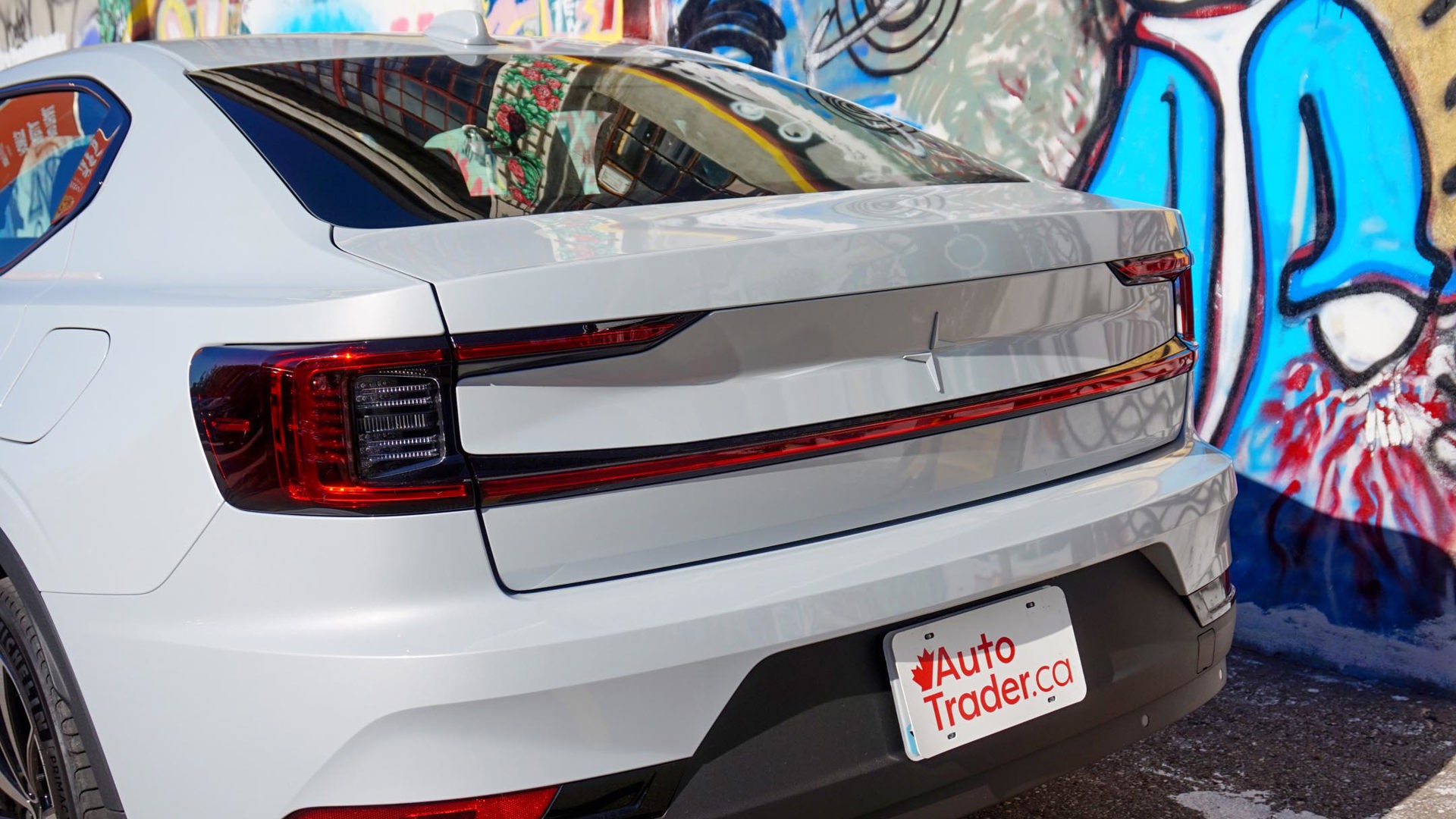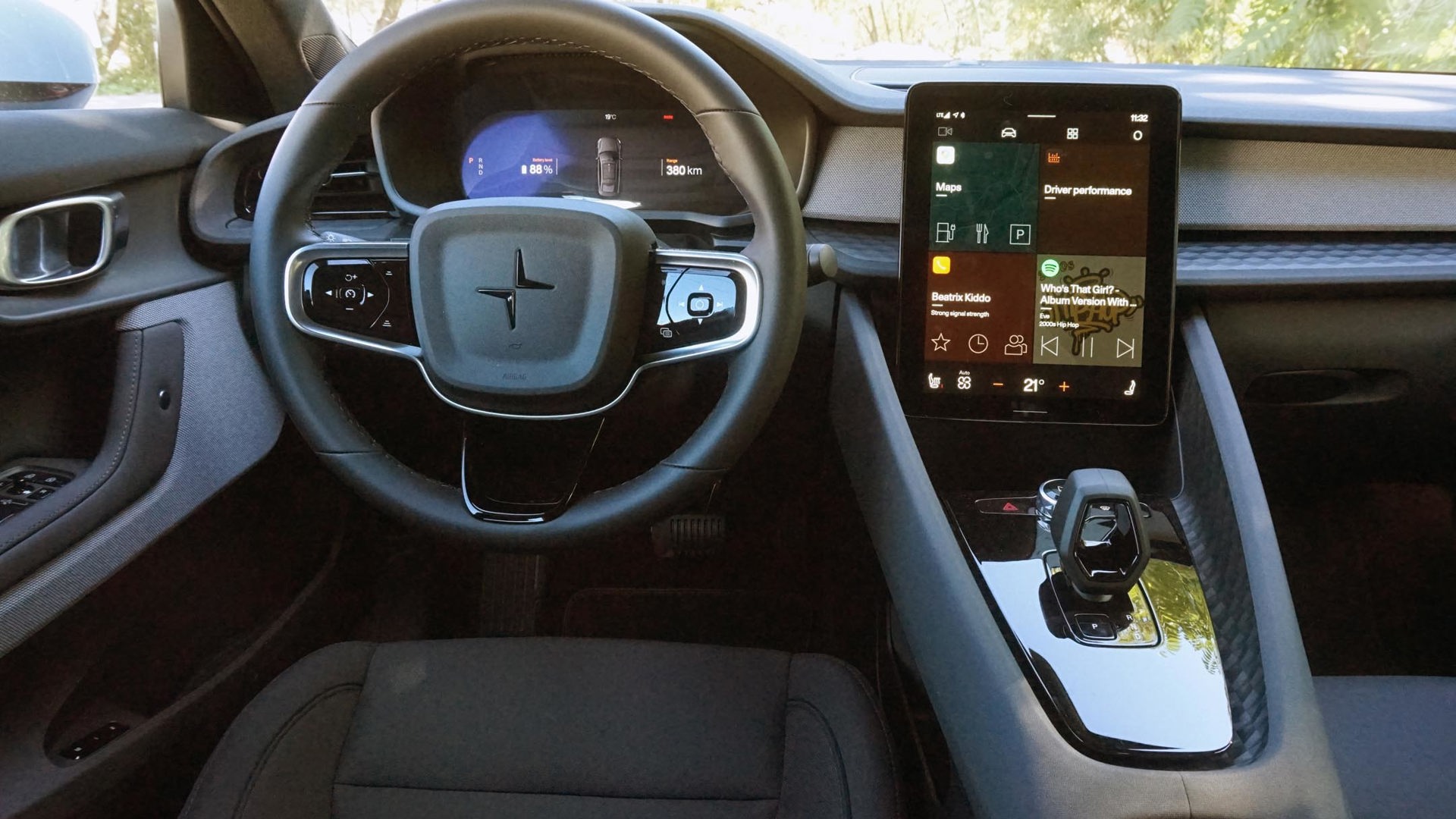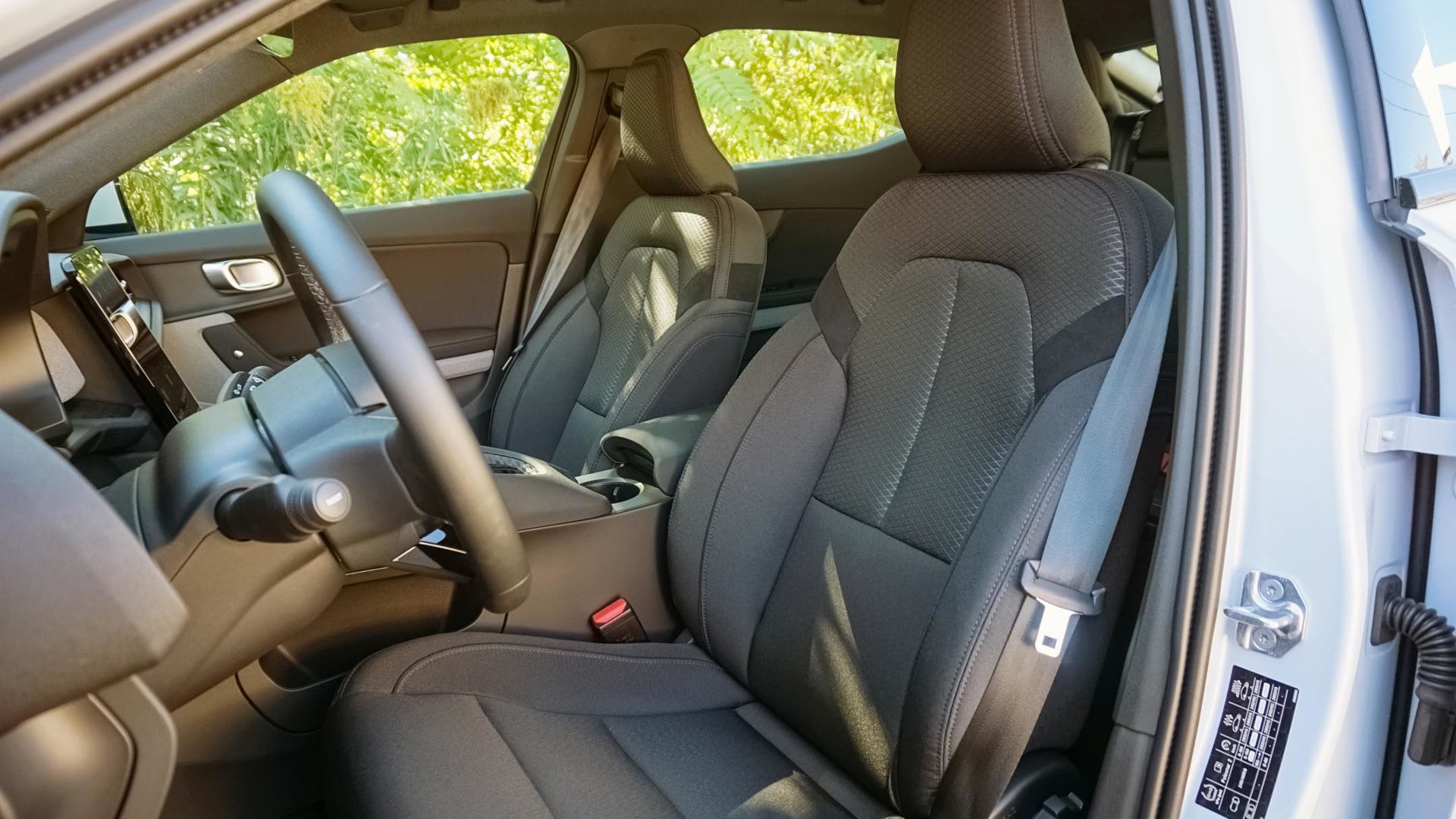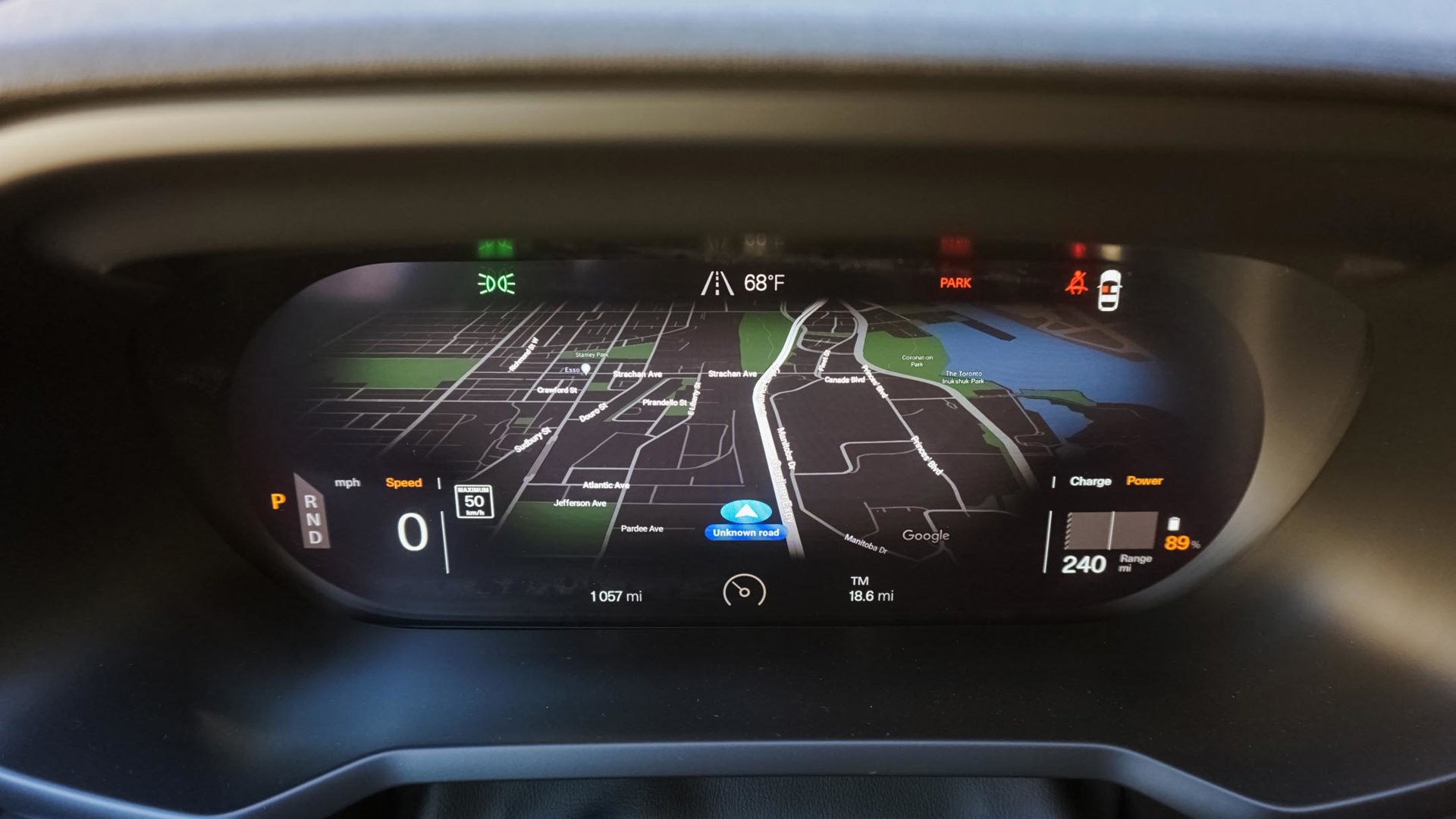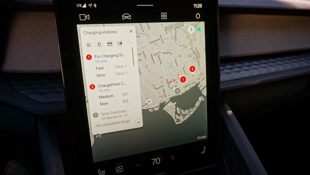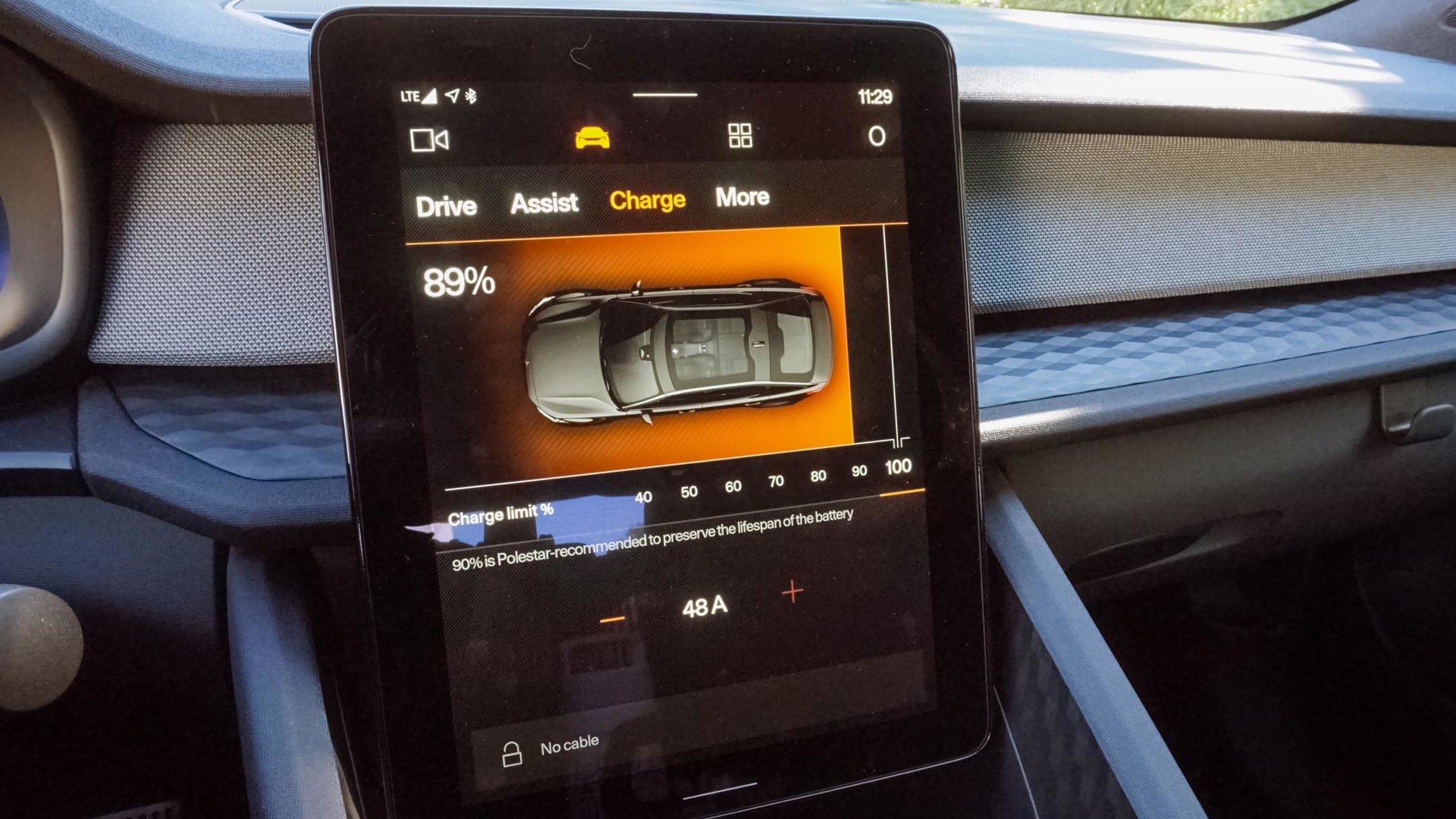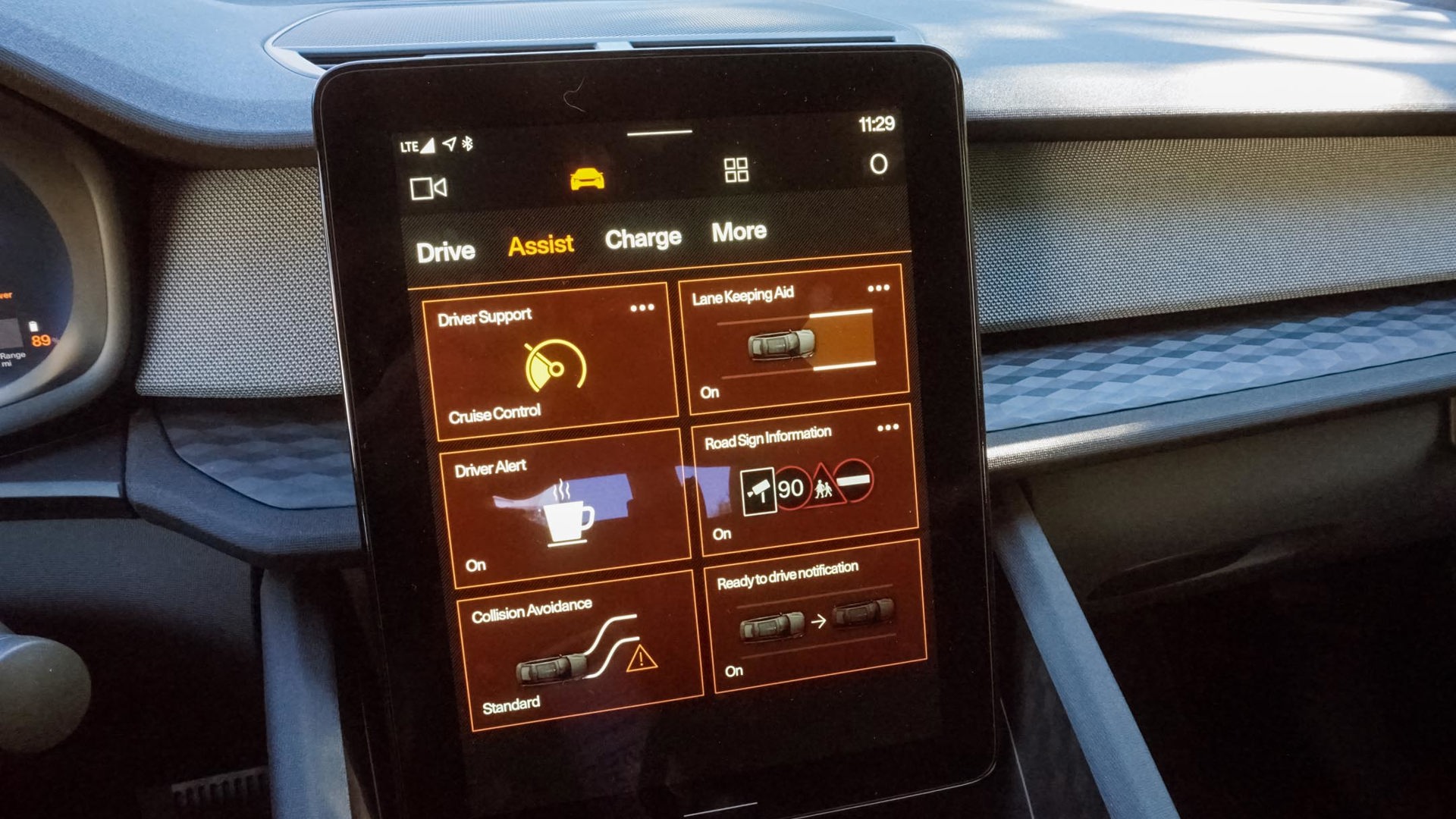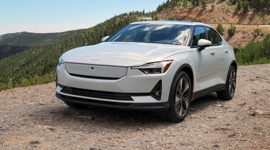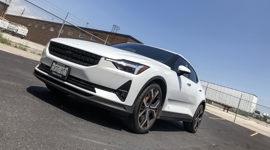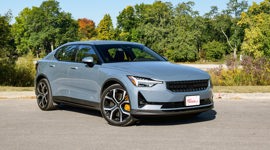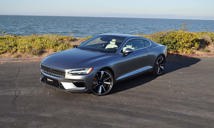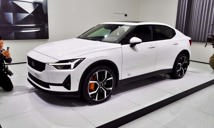With gas prices steadily increasing and electric vehicles (EVs) becoming more desirable, one of the major blockers to widespread mainstream adoption is price.
It’s no secret that EVs often cost more than their gas-powered counterparts, so models like the 2022 Polestar 2 Single Motor will play an important role in enticing drivers to make the switch. Volvo’s offshoot brand launched its mainstream EV lineup with the Polestar 2 Dual Motor, a fully electric four-door with motors on each axle for all-wheel drive traction and about 400 km of range. It starts at $56,900 (plus taxes and $1,900 in non-negotiable destination fees). The Polestar 2 Single Motor slashes that price by $7,000 by driving only the front wheels, but it also offers slightly more range, with an estimated 427 km. Its price of $49,900 before freight and taxes means it slides in under the cut-off to be eligible for federal pricing incentives, making the price even more accessible.
What Is It?
Looking at the Polestar 2, it’s difficult to classify exactly what it is. Its proportions make it look like a sedan, but then its higher ride height and rugged plastic body cladding hint that it could be a crossover. The trunk opens like a hatchback, so it leans more towards the trendy “crossover coupe” style, but that’s also a made-up and confusing classification, so I gave up trying to find a name for it.
Regardless, the Polestar 2 is stylish and handsome (which can’t be said for most other “crossover coupes”), with the brand leaning on Volvo’s crisp Scandinavian aesthetic to pull off a design that will likely age well because it’s not plagued by aggressive creases or a gaping grille. The so-called “Thor’s hammer” lighting signature in the headlights and the squarish LED light bar on the rear help make it look more futuristic. The Polestar 2 surprised me by getting a lot of attention from passersby.
What Powers It?
The Single Motor version of this EV has a 78-kWh battery and a total output of 231 hp and 243 lb-ft of torque. The Dual Motor model outputs 408 hp and 487 lb-ft of torque, with Polestar claiming it can hit highway speeds in 4.7 seconds. The Single Motor version accelerates to 100 km/h in 7.4 seconds, so it’s quite a bit slower on paper; but in practice, it still has plenty of power to pull off a convincing highway passing manoeuvre and is by no means slow. It won’t slingshot you forward violently quickly, but its turn of speed should be enough to meet most people’s needs.
On a warm early autumn day with a 99 per cent charge, the car showed 418 km of range, with the automaker saying that over-the-air updates will likely unlock even more range. After 150 km of mixed city and highway driving, there was 260 km and 60 per cent remaining, meaning the range estimates were pretty accurate, with the trip computer saying I consumed 158 km of range over 150 of driving. The Polestar 2 Single Motor can draw as much as 155 kW on a DC fast-charger, so it takes just 33 minutes to get from 10 per cent to 80 per cent charge, or eight hours on an 11-kW Level 2 charger.
How Does It Drive?
I appreciate that the Polestar 2 offers true one-pedal driving to harness the energy that would otherwise be lost during braking to charge the battery. The brakes work well without being too grabby. They’re easy to get used to, and once a driver lifts off the accelerator and comes to a full stop, the car applies a brake hold so the car won’t roll forward (the brake lights remain on), meaning a driver will rarely find themselves using the brake pedal.
The Polestar 2 rides a bit harsher than expected from a luxury car, and the steering is rather numb even in its firmest setting, but the four-door feels stable and confident in most scenarios. The driving experience isn’t one that stands out as particularly luxurious or sporty, but it projects a balanced calmness that’s appreciated.
I found the Polestar 2 more difficult than necessary to park due to its somewhat restricted sightlines and the fact that its side mirrors and reverse camera show distorted images. A top-down 360-degree parking camera is available as part of a big options bundle.
What’s It Like Inside?
As expected, this EV has a chic interior that focuses on sustainability and minimalism. The dashboard is dominated by a tablet-like touchscreen, so there are barely any hard buttons to be found throughout the cabin. Seating is covered with vegan materials that have interesting textures, some trim has been 3D printed, and Polestar uses a lot of recycled materials in its textiles and has been minimizing the plastic used in its fabric.
The fabric covering the base model’s seats doesn’t feel particularly luxurious, but the textiles used throughout the cabin are reminiscent of suiting and give the interior a very Nordic vibe. Unfortunately, the centre console around the gear selector is covered in piano black trim, which quickly gets unbearably dusty.
Practicality and User-Friendliness
The trunk has a large 41-L underfloor storage area, and the hatch can be opened from inside, using the keyfob, or via a kick sensor, and the 35-L front trunk is a great place to stash items you don’t regularly need. The hatch reveals 405 L of space behind the rear seats and 1,095 L with the 60/40-split seats folded.
There aren’t a ton of cubbies for small item storage inside, and the centre console is enormous enough to get in the way of using the touchscreen or gear selector comfortably. Instead of just reaching out to complete a task like change the radio station or put the car into park, a user must reach over and above the console. I found myself knocking my hand into the centre console all the time, which was annoying, especially because one of the benefits of having an EV platform is more flexibility for automakers to play around with open-concept cabins.
Luckily, the infotainment system itself is much more user-friendly. Based on an Android-powered operating system and connected to the Internet, the interface is intuitive and quick to respond. Most of the car’s controls and functions must be accessed through the touchscreen, but it’s never too hard to find what you’re looking for. I still believe that having analog buttons is the safest and most user-friendly way to interact with climate control and audio settings, but the menu structure and labels in the Polestar 2 help in making it less distracting to use.
Drivers can log into their Google accounts via the tablet-like touchscreen and have access to all their personalized maps, saved destinations and searches, Google Assistant, Spotify playlists, and more, and the navigation system runs Google Maps, so it’s immediately intuitive. This level of Google integration means you don’t need Android Auto, and if you connect your phone via Bluetooth, the integration is seamless. Once a destination is plugged in, the map also shows you a projection for your battery percentage remaining once you arrive, which is helpful for trip and charging planning. You can also easily search for changing stations and filter by speed or price if needed.
I wish there were more driving coaches or more detailed information on driver behaviour so you can see where the battery’s energy was spent and use the info to drive more efficiently, but Polestar says over-the-air updates will soon enable more of this functionality.
What Kind of Features Does It Have?
With many EVs, you’re paying for the powertrain and not necessarily the features, so this base model doesn’t come standard with a heated steering wheel, heat pump, adaptive cruise control, wireless phone charger, front and rear cross-traffic alert, or blind-spot monitoring – all features that might be considered necessary for a traditional internal combustion vehicle in the Polestar 2 Single Motor’s entry price range.
The base car comes standard with items such as traffic sign recognition, automatic emergency braking and pedestrian and cyclist detection, lane-keeping assist, a great digital gauge cluster, four USB-C ports, and heated front seats.
The highlight for me is the Google integration and the connected services available, but drivers can add on a Plus Pack ($5,500) that adds some more creature comforts, or a Pilot Pack ($4,500) that adds more driver assistance or safety features. These option packages inflate the price by a lot but are also available on the Dual Motor model.
Final Thoughts
Although Polestar is a relatively new brand, it gets to lean on Volvo’s expertise in manufacturing handsome vehicles with excellent powertrains, chic interiors, and excellent build quality. The 2022 Polestar 2 embodies all those great traits we have come to expect from the Swedish luxury brand. Where the Single Motor version stands out in the rapidly expanding EV space is with its style, design, and Google integration, but some competitors offer more features or more range for a similar price, even if they’re not in the same luxury segment Polestar plays in.
The 2022 Polestar 2 Single Motor is expected to be available in January 2022.
